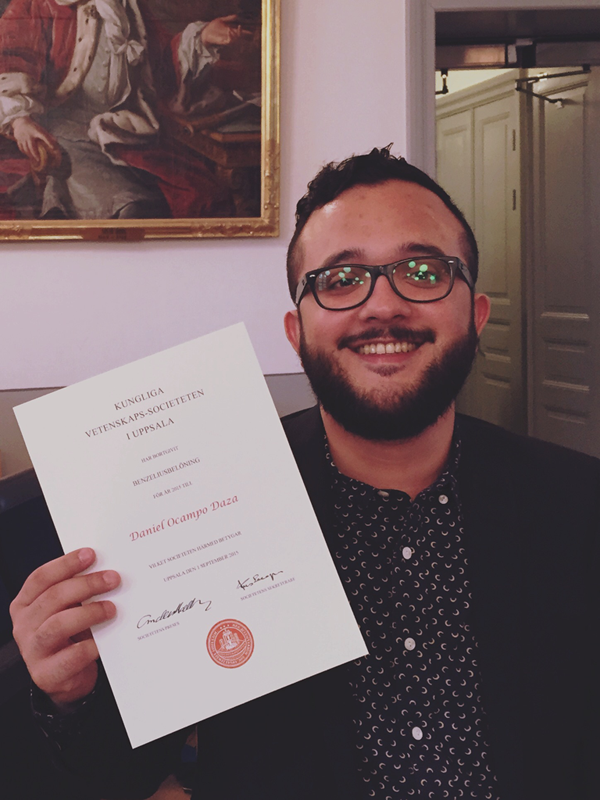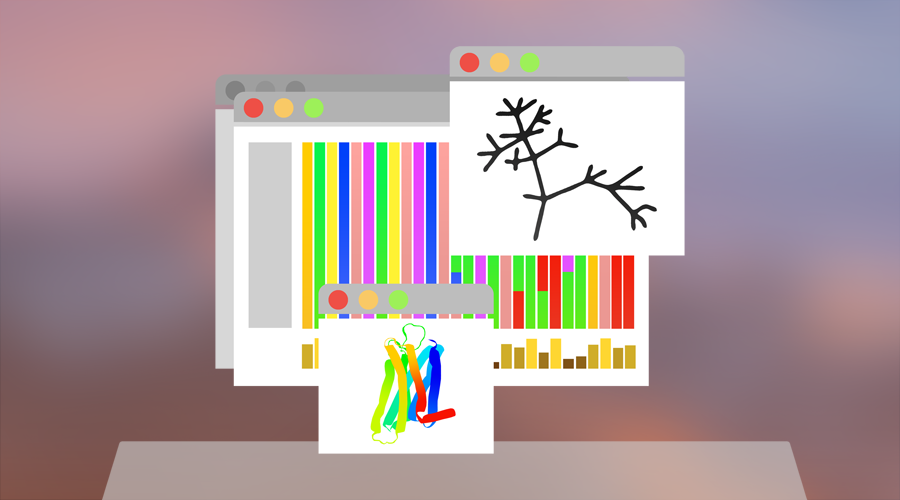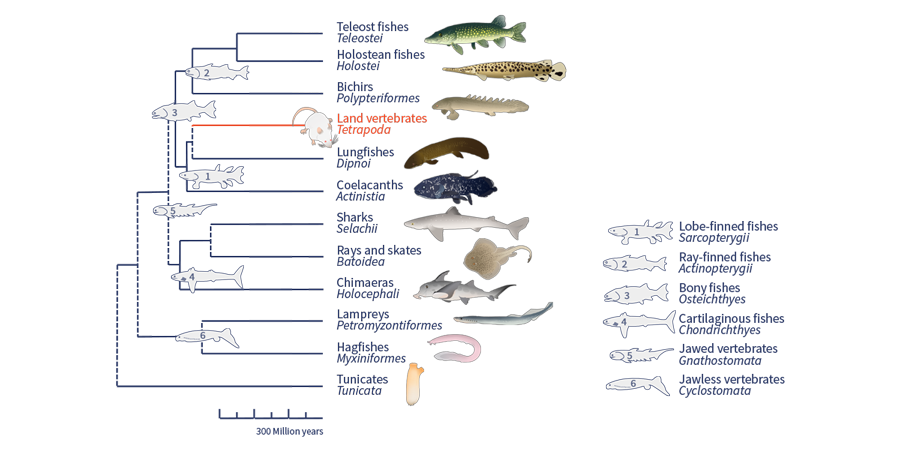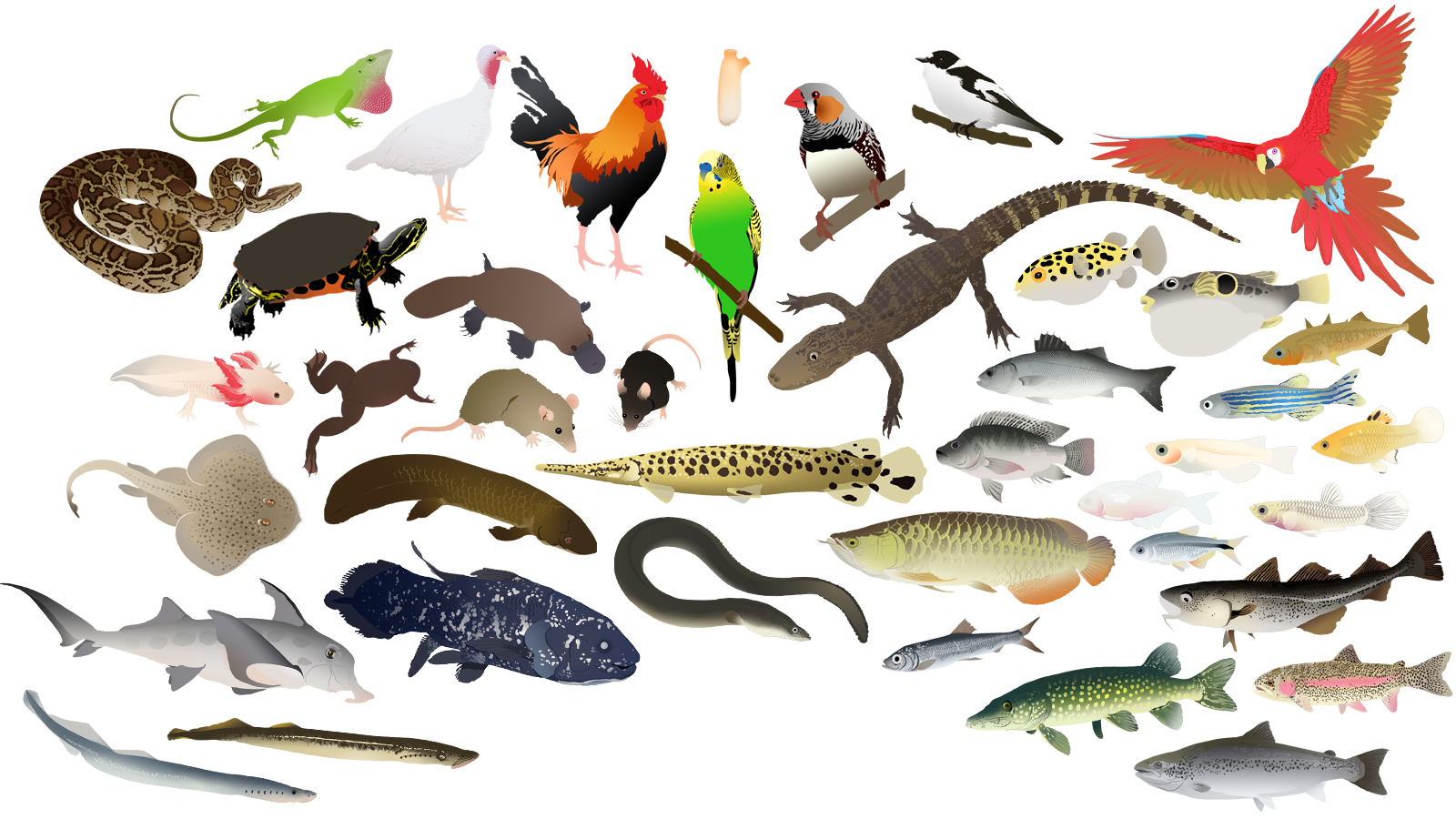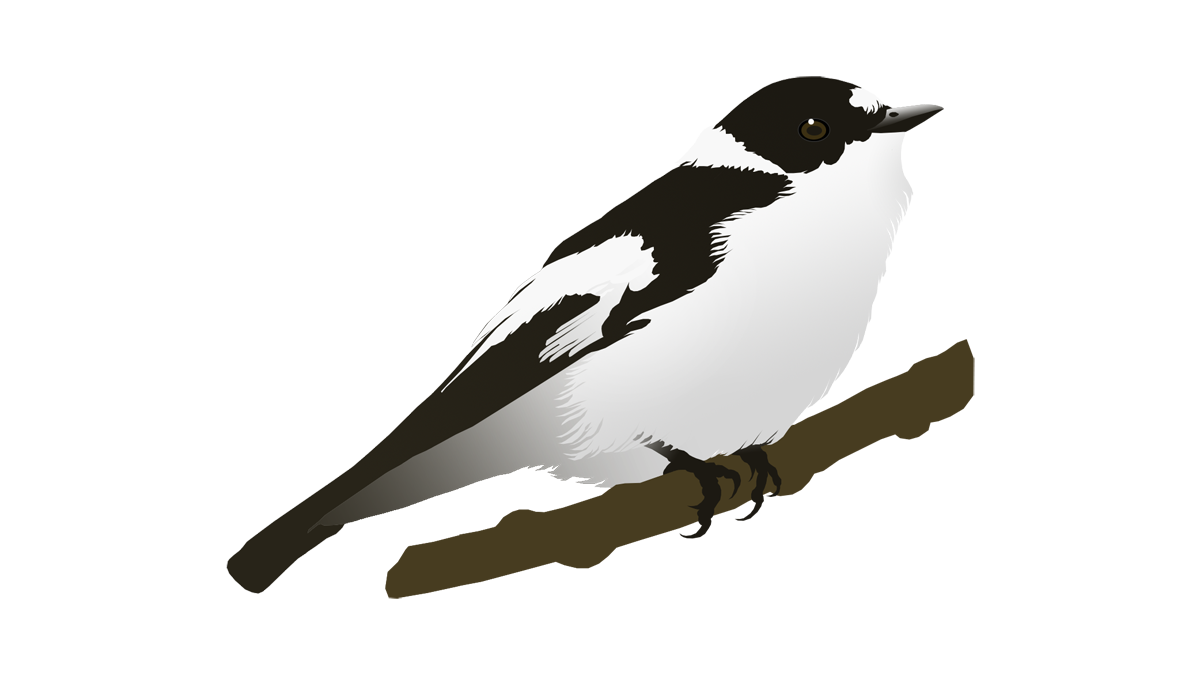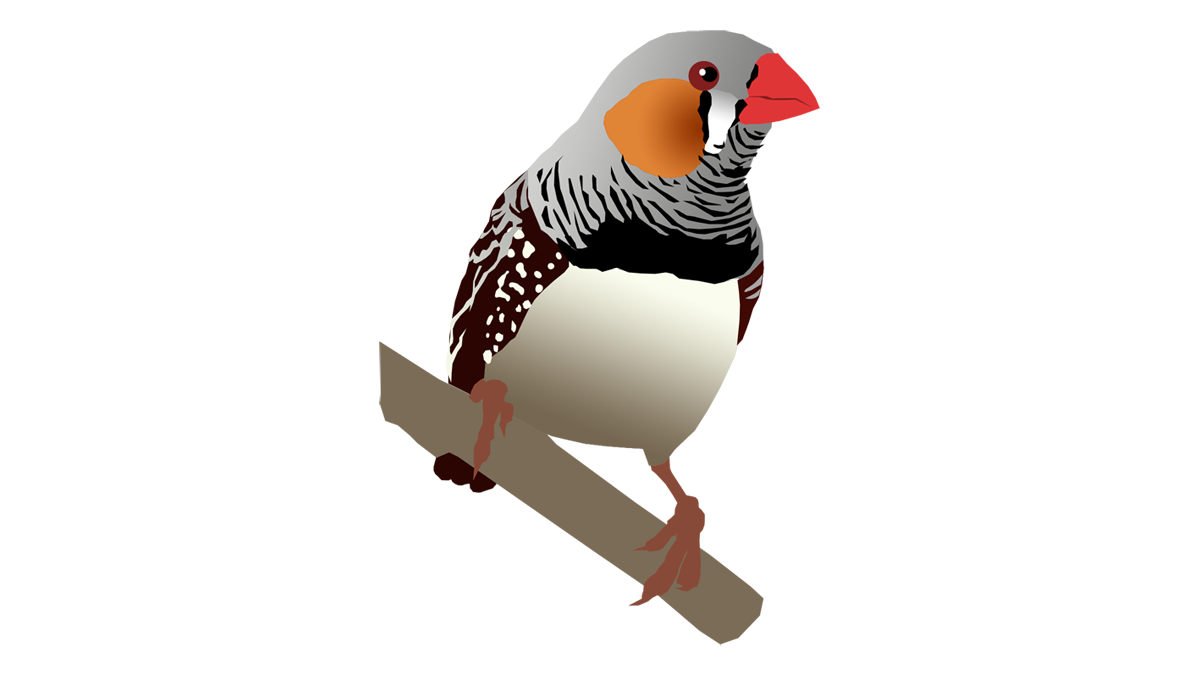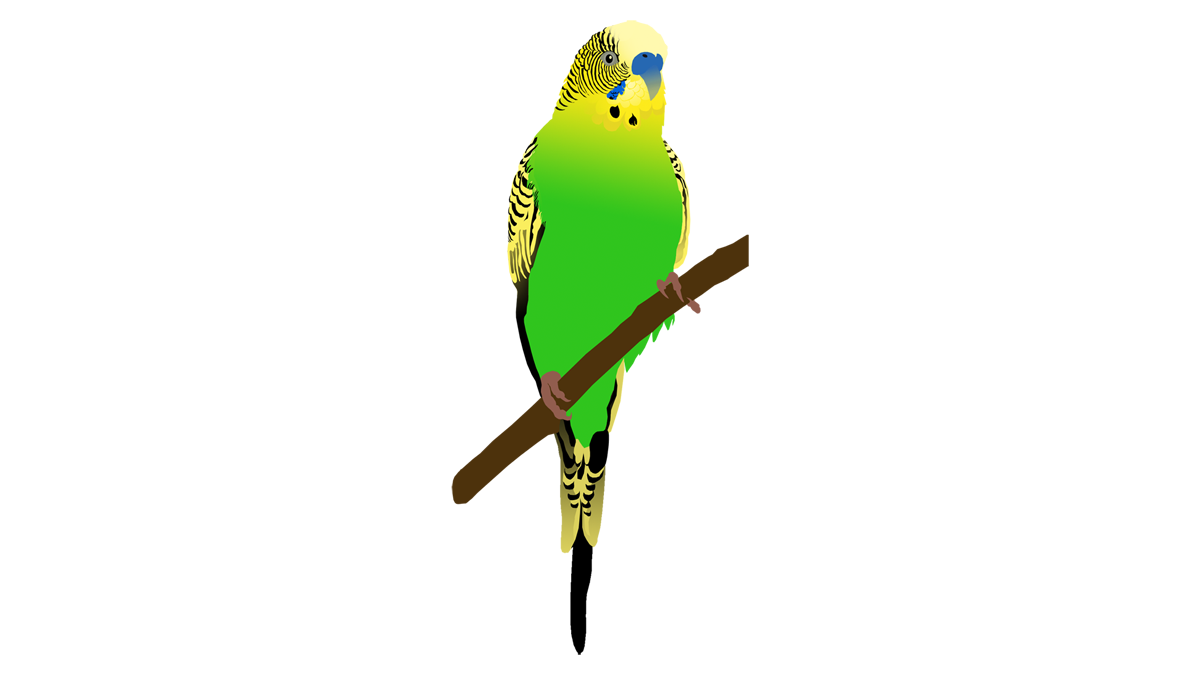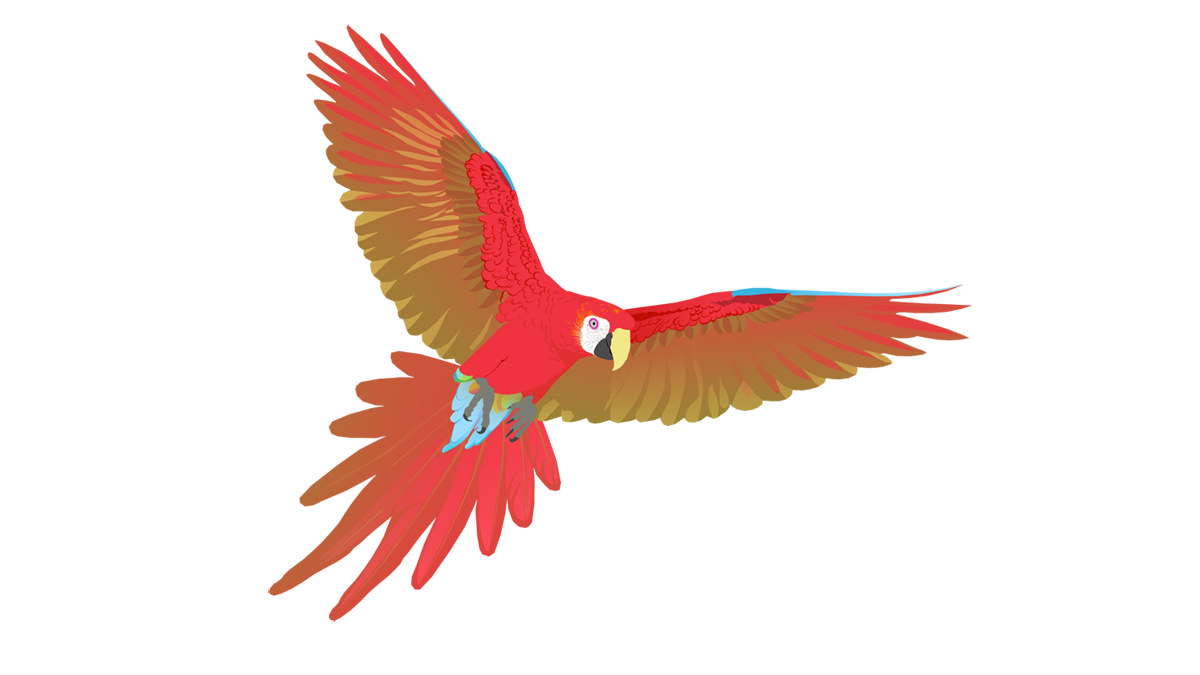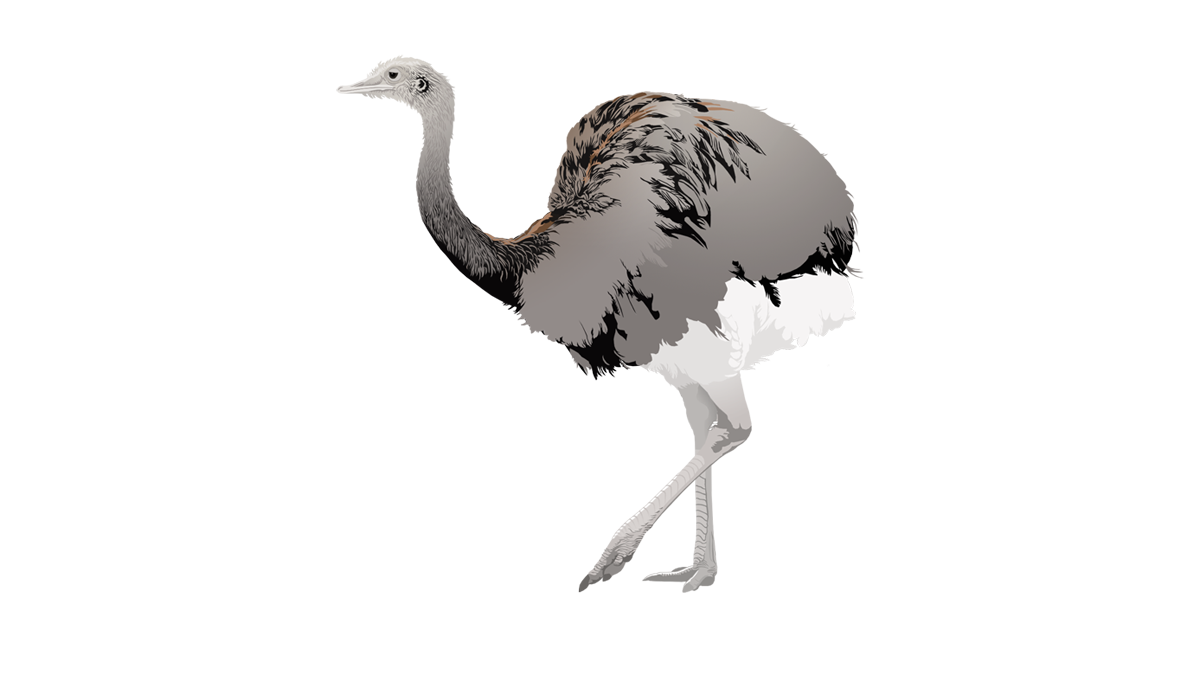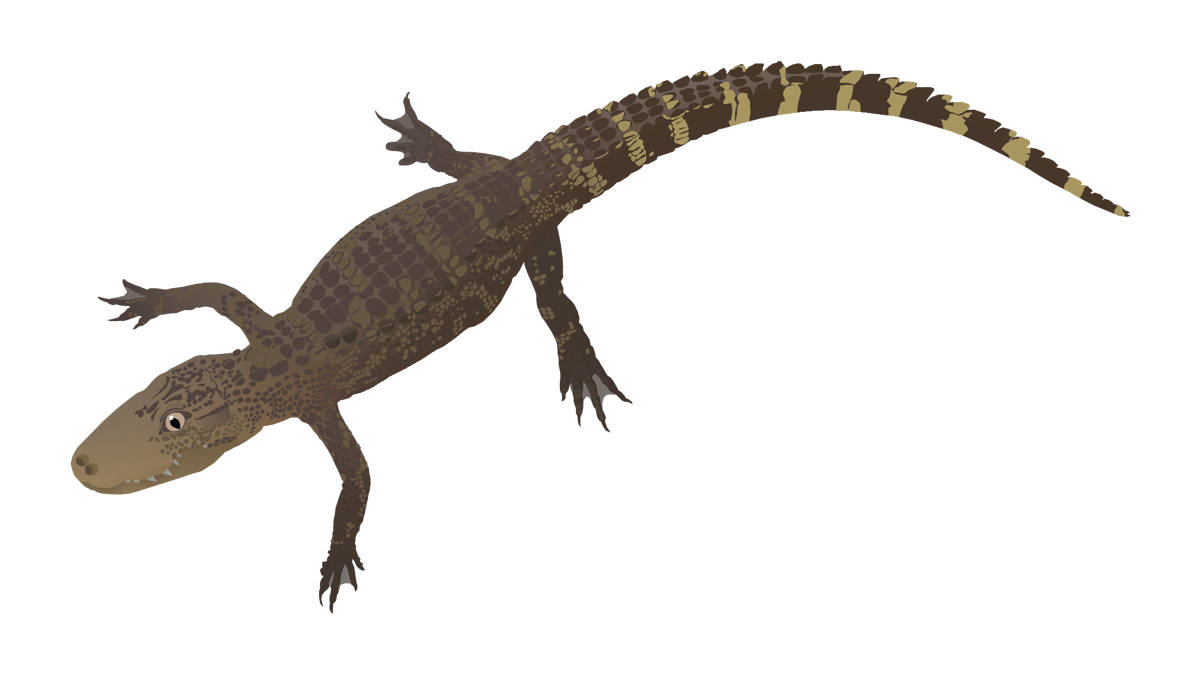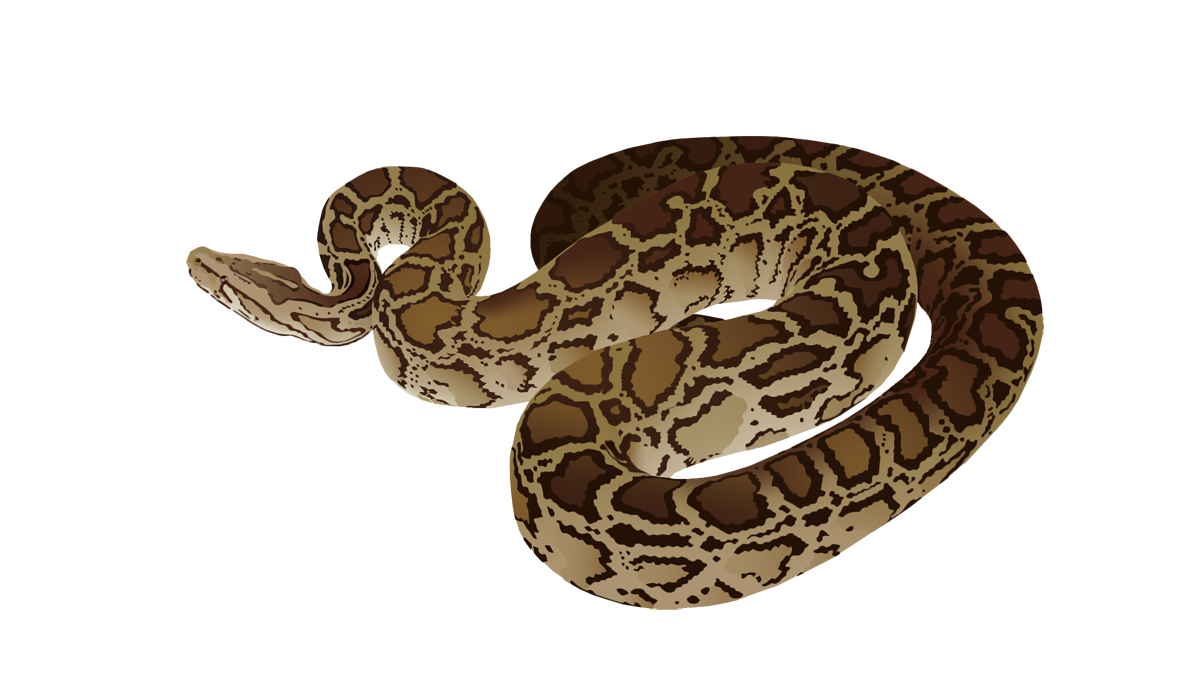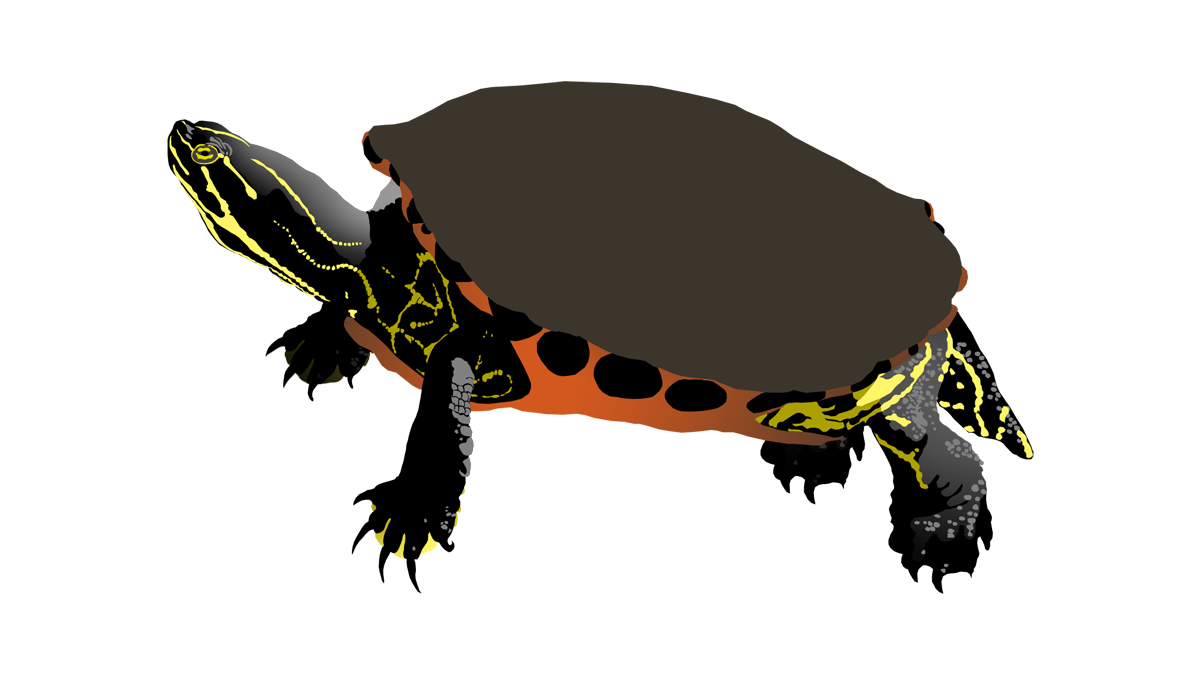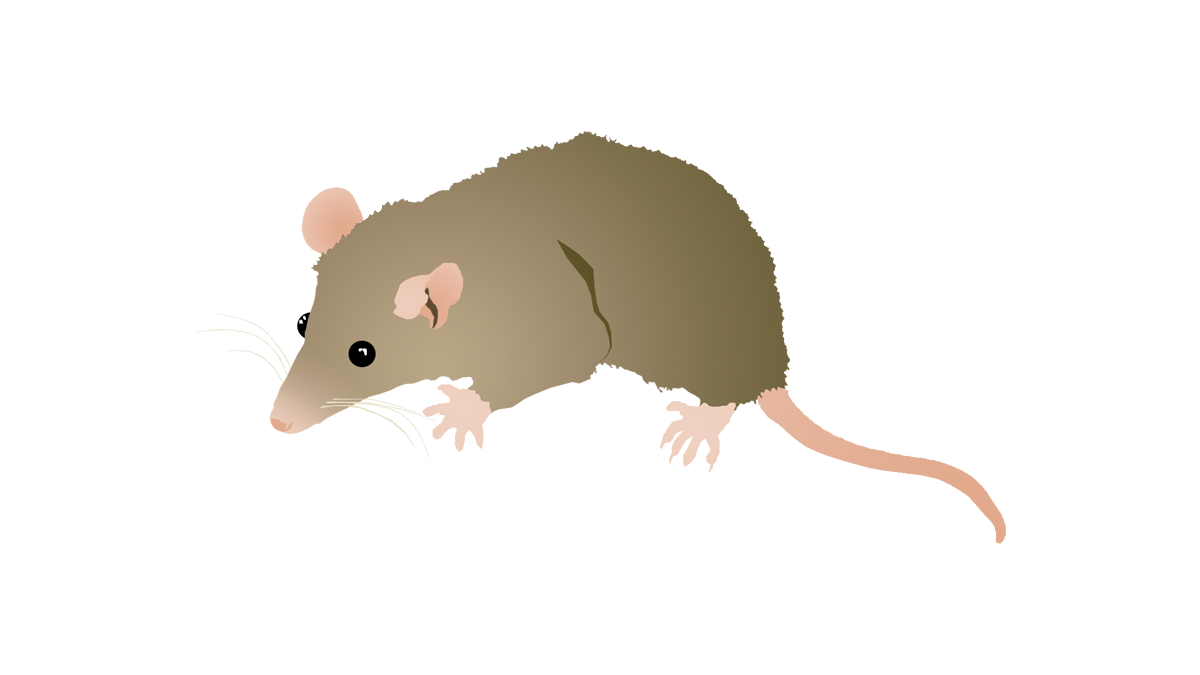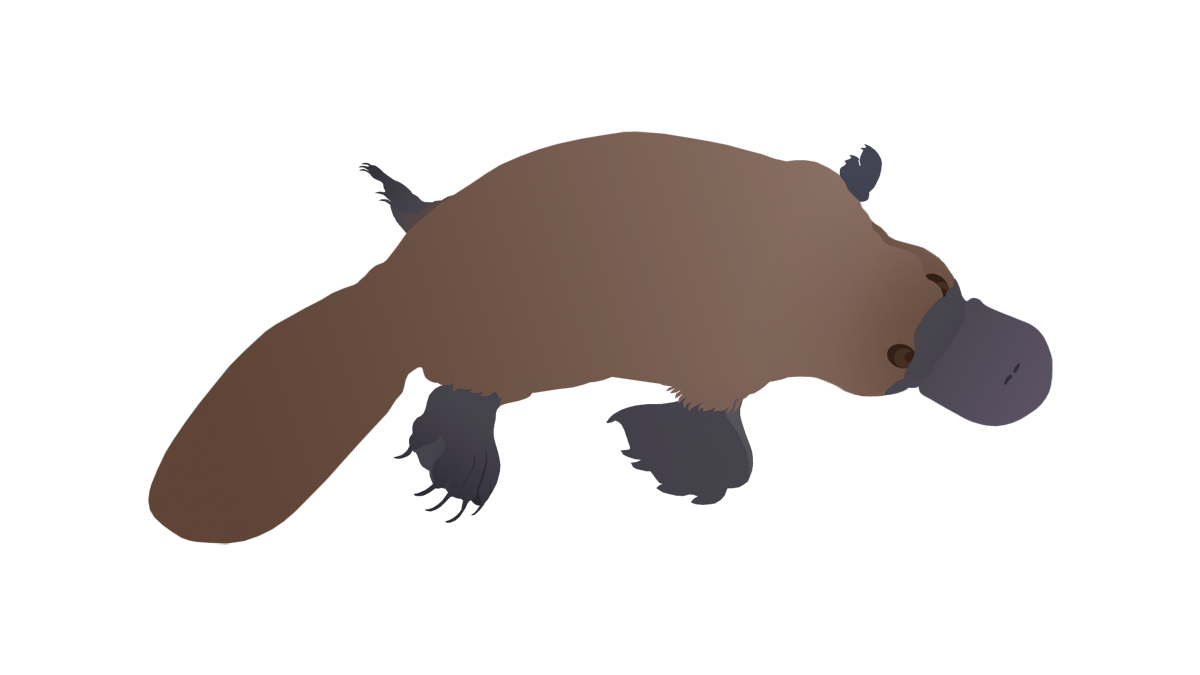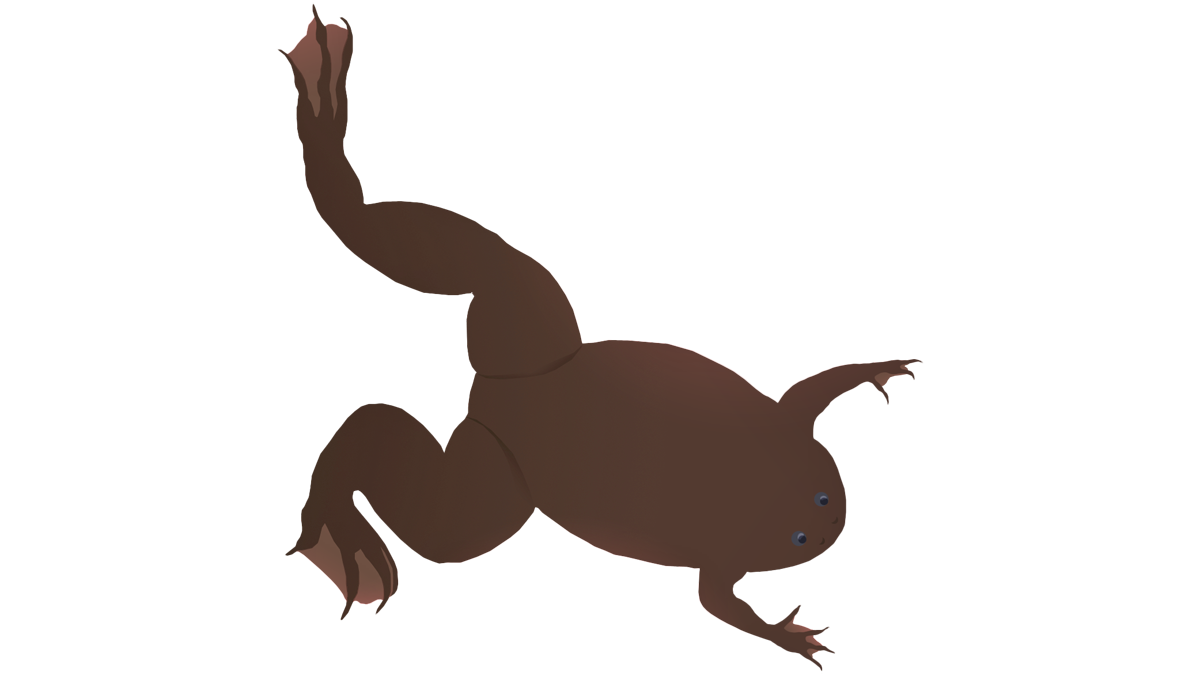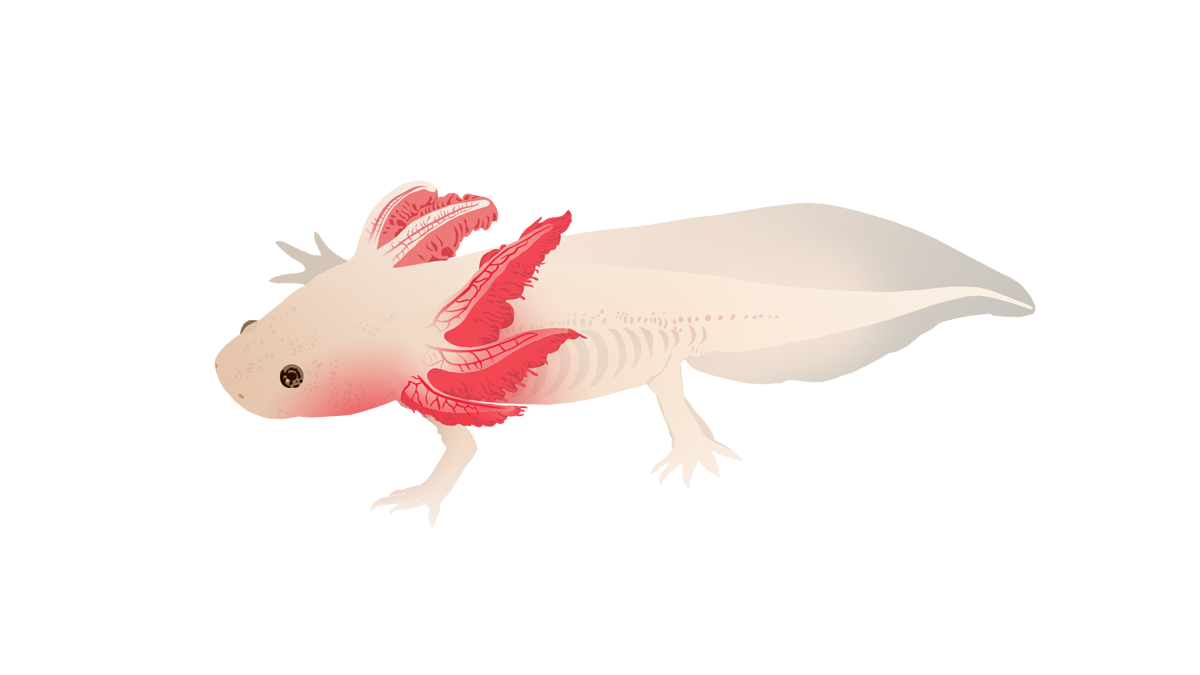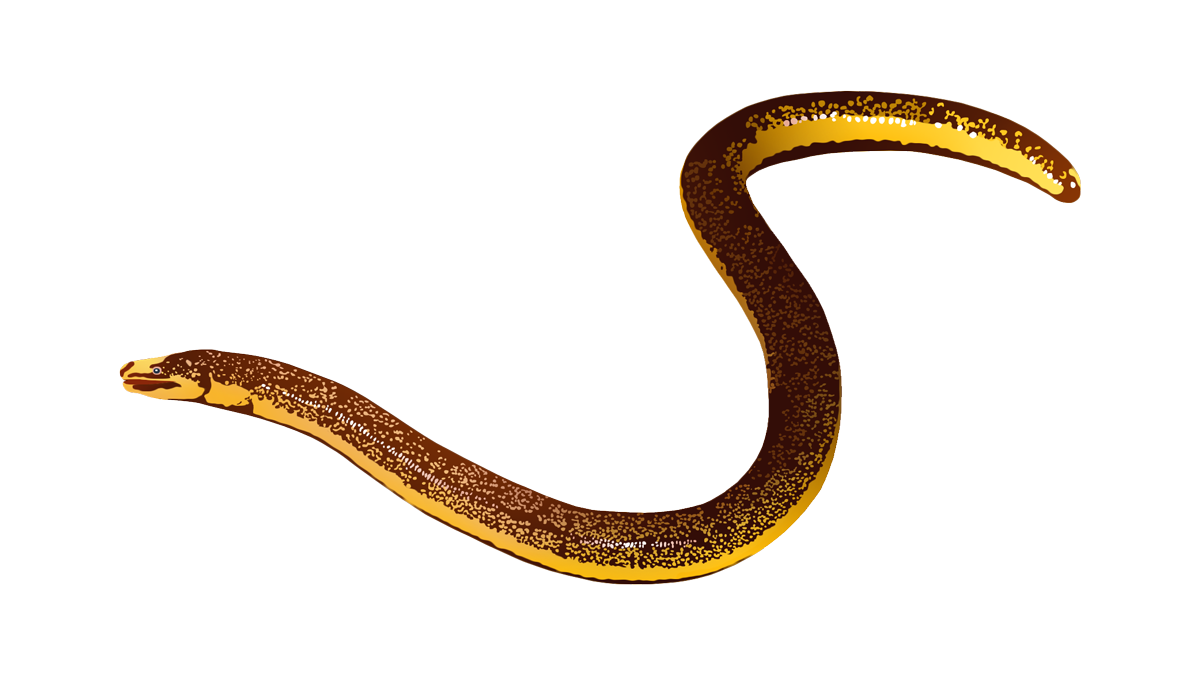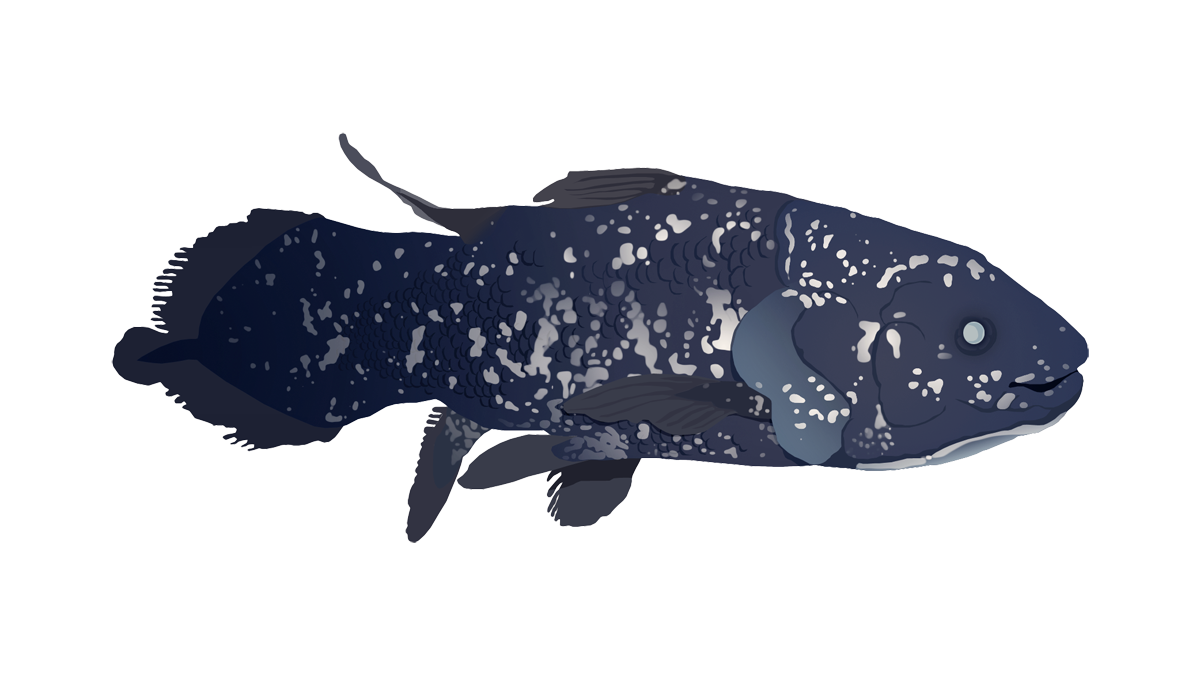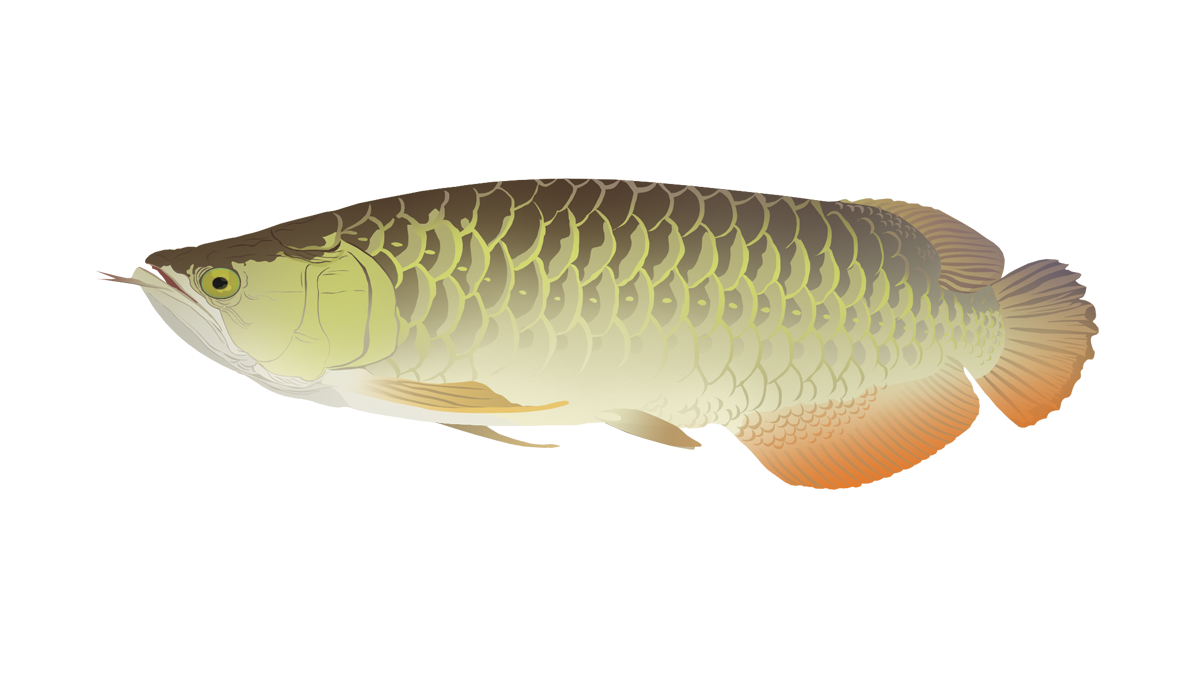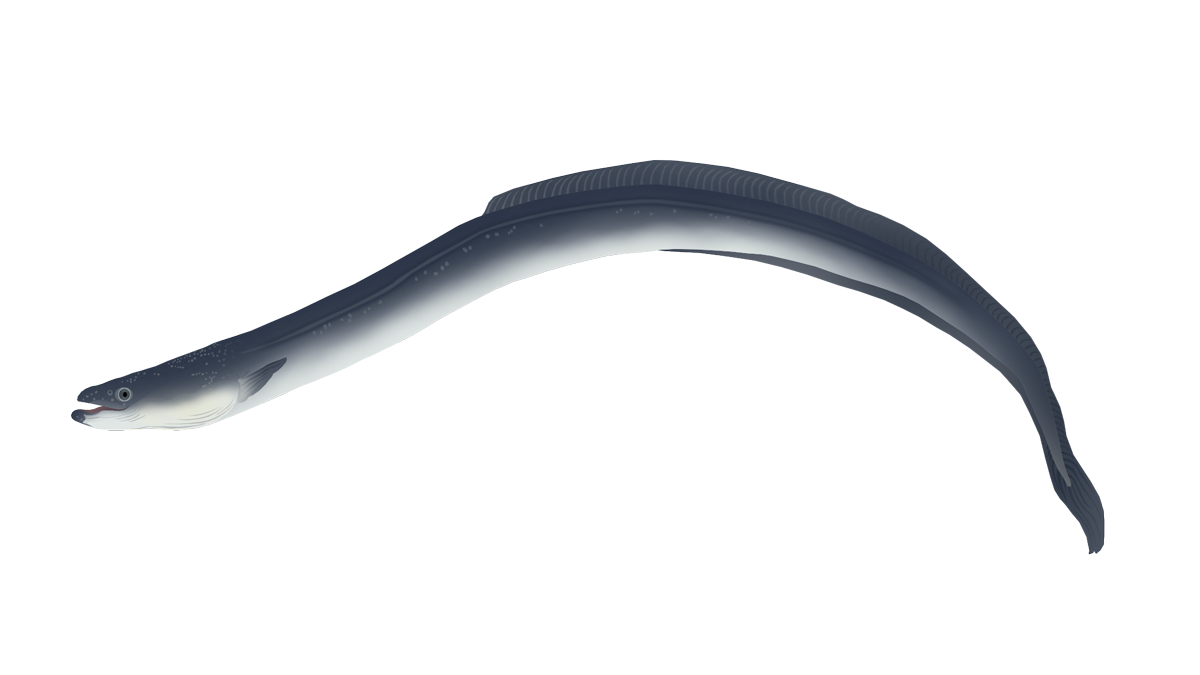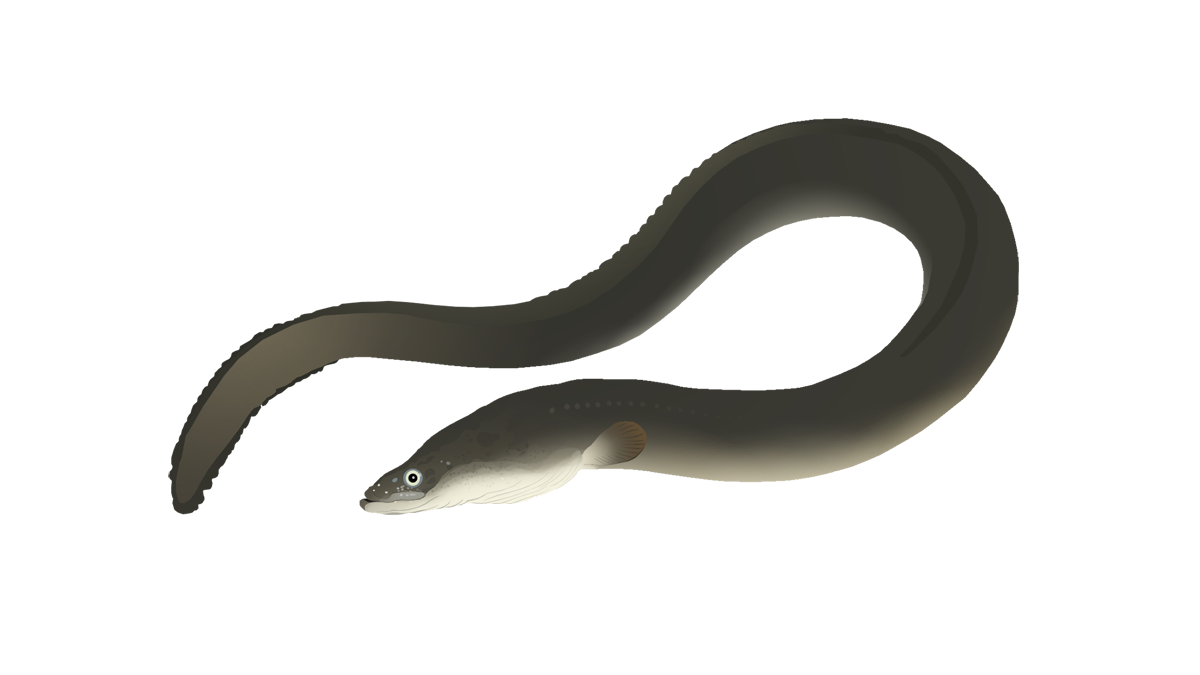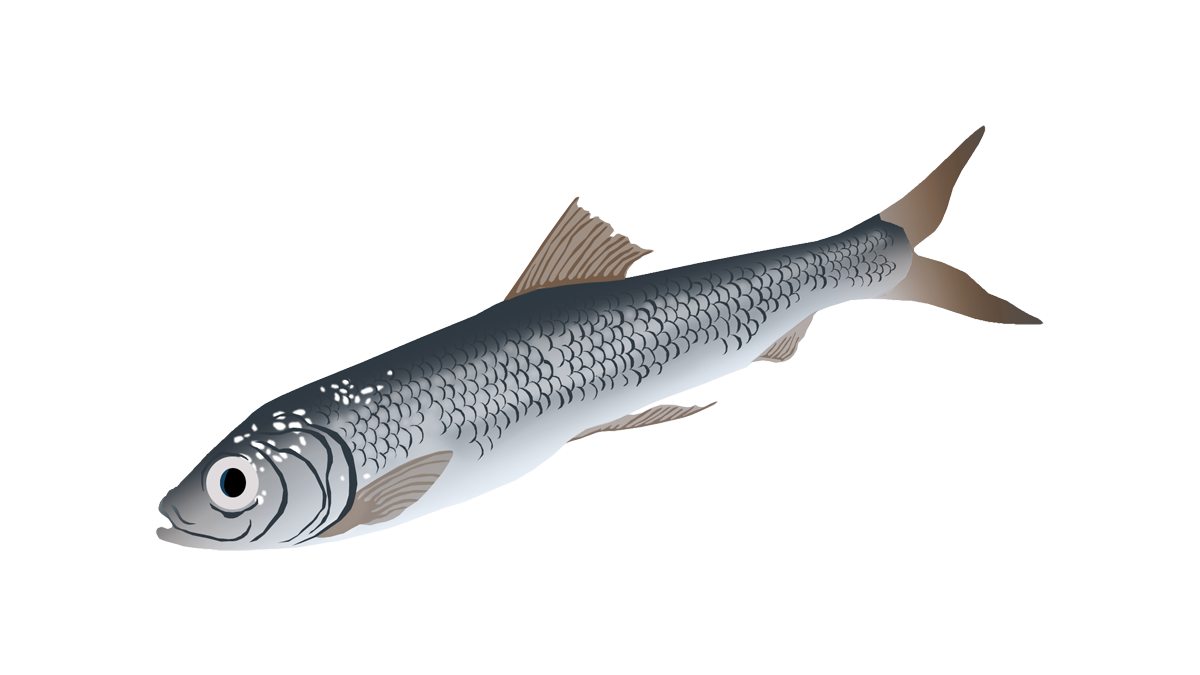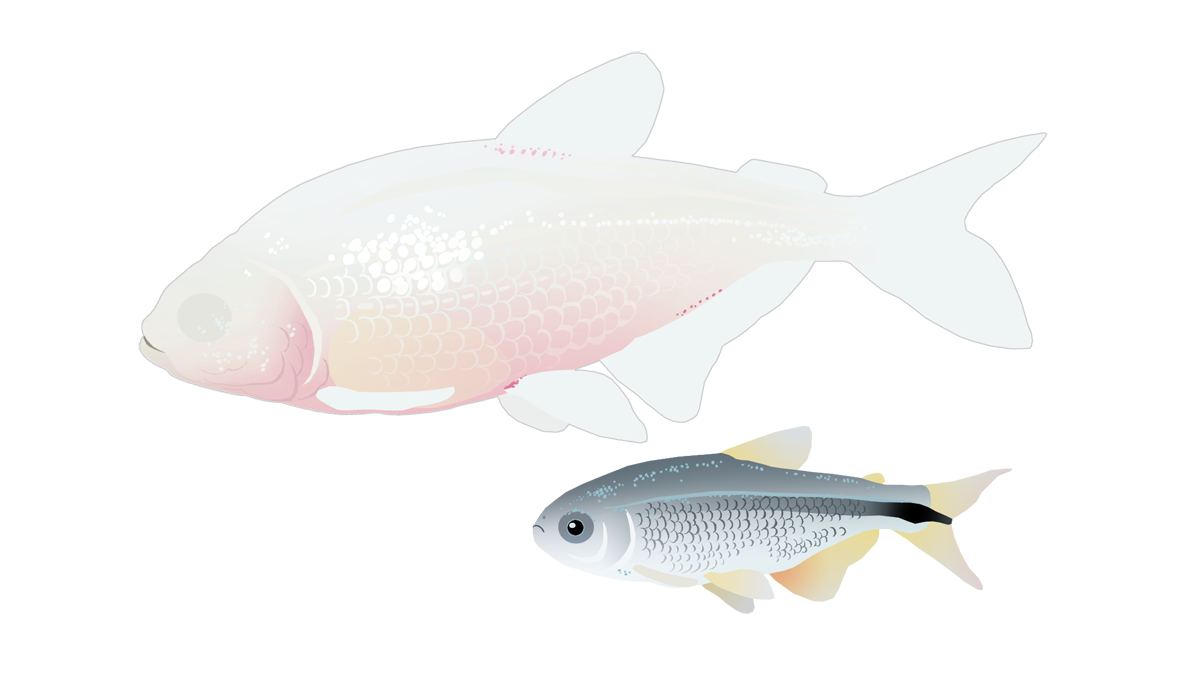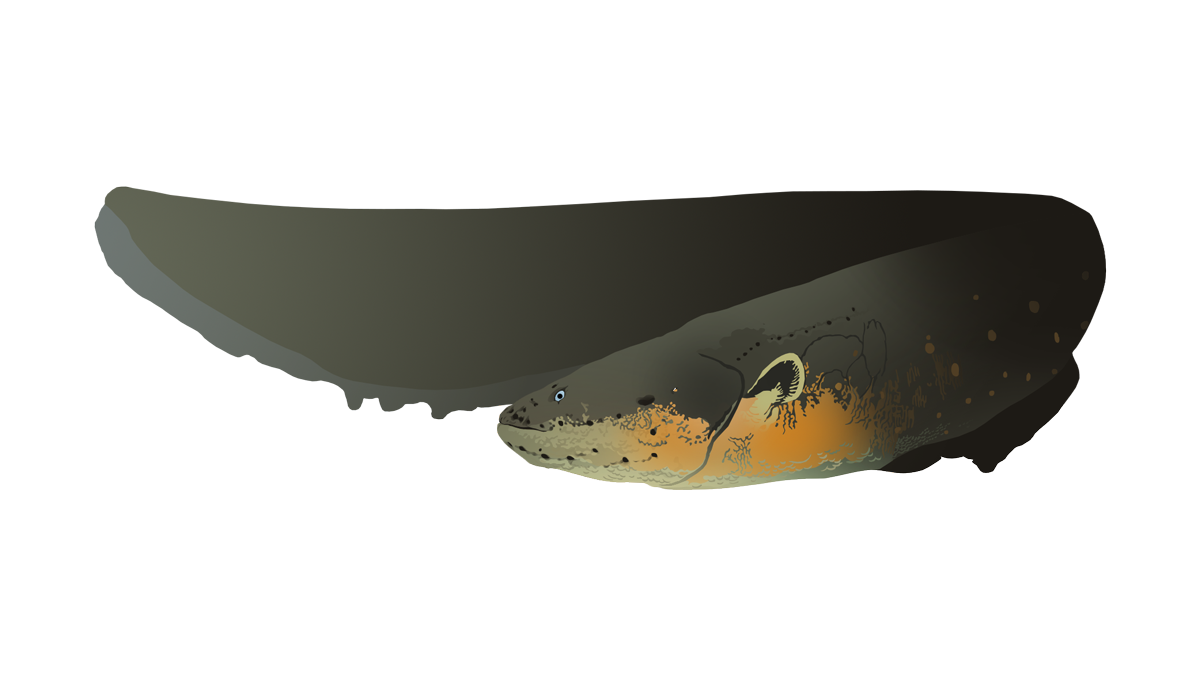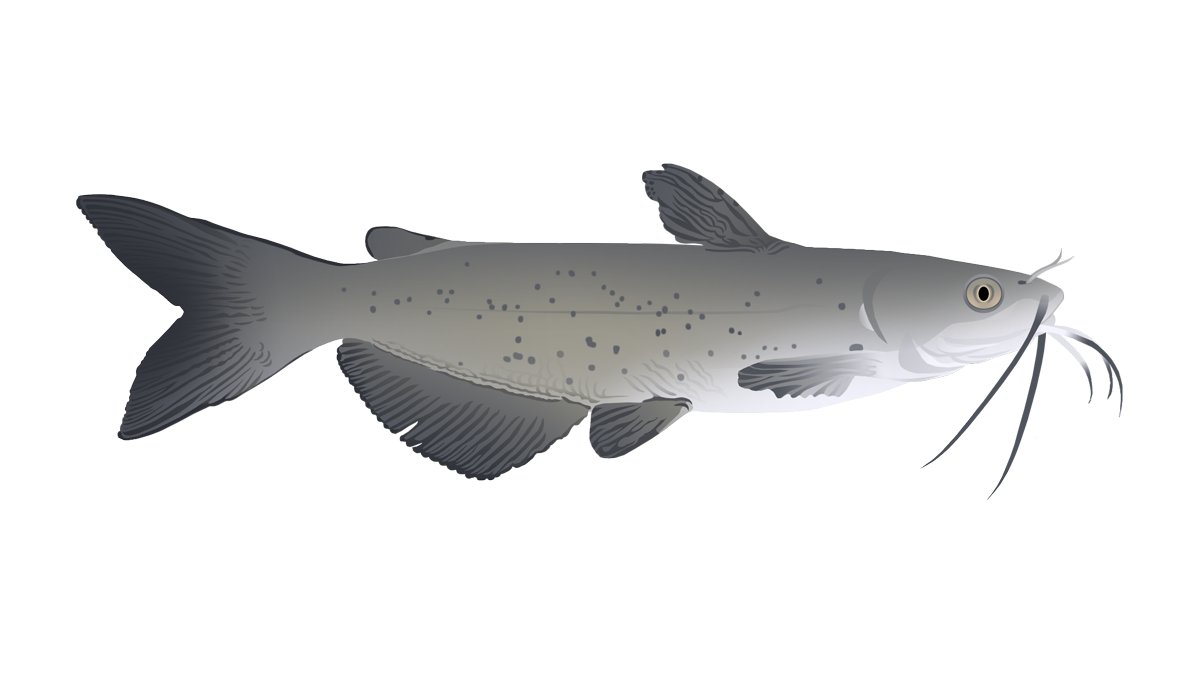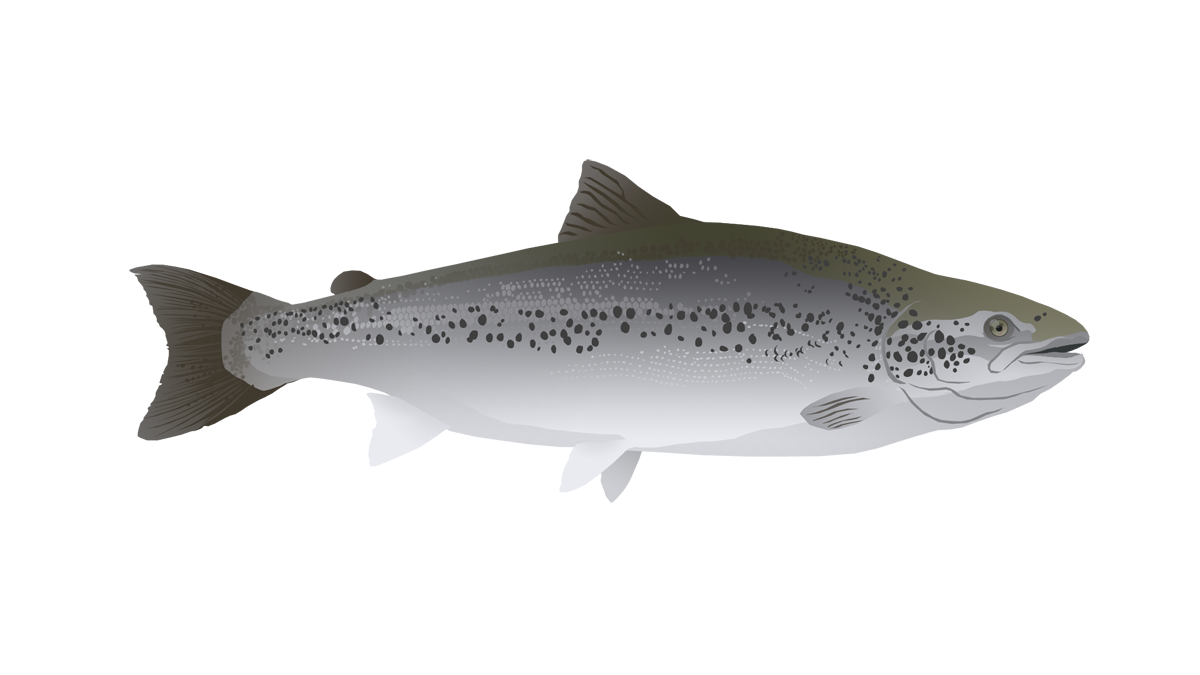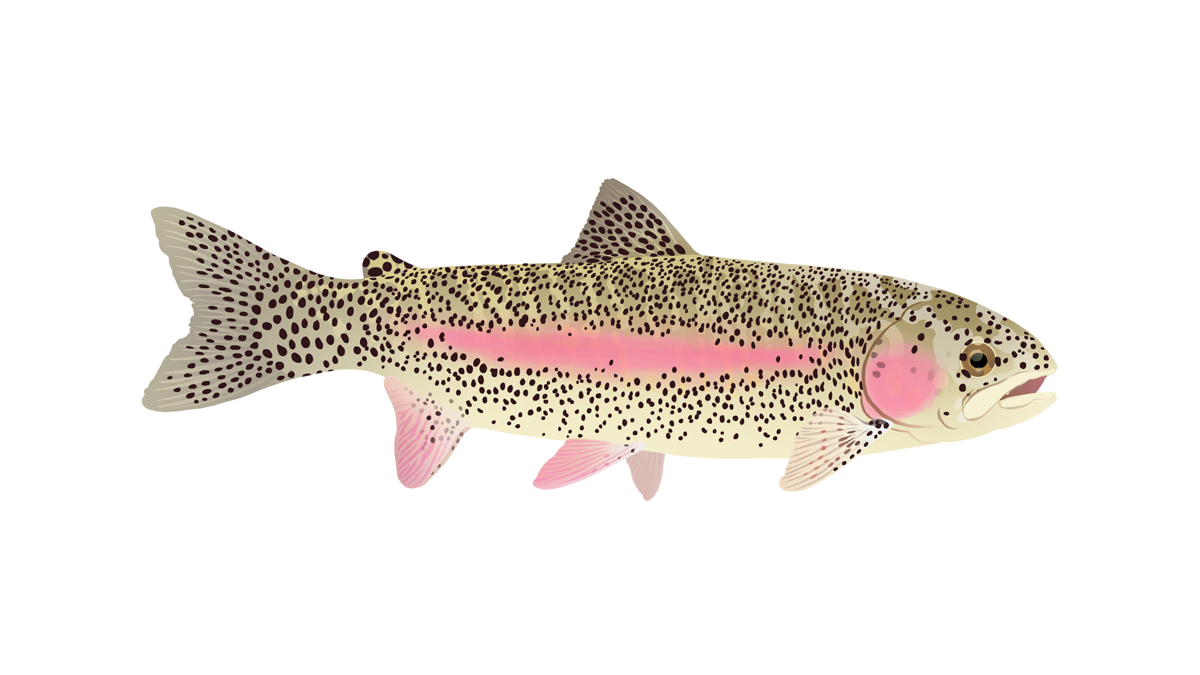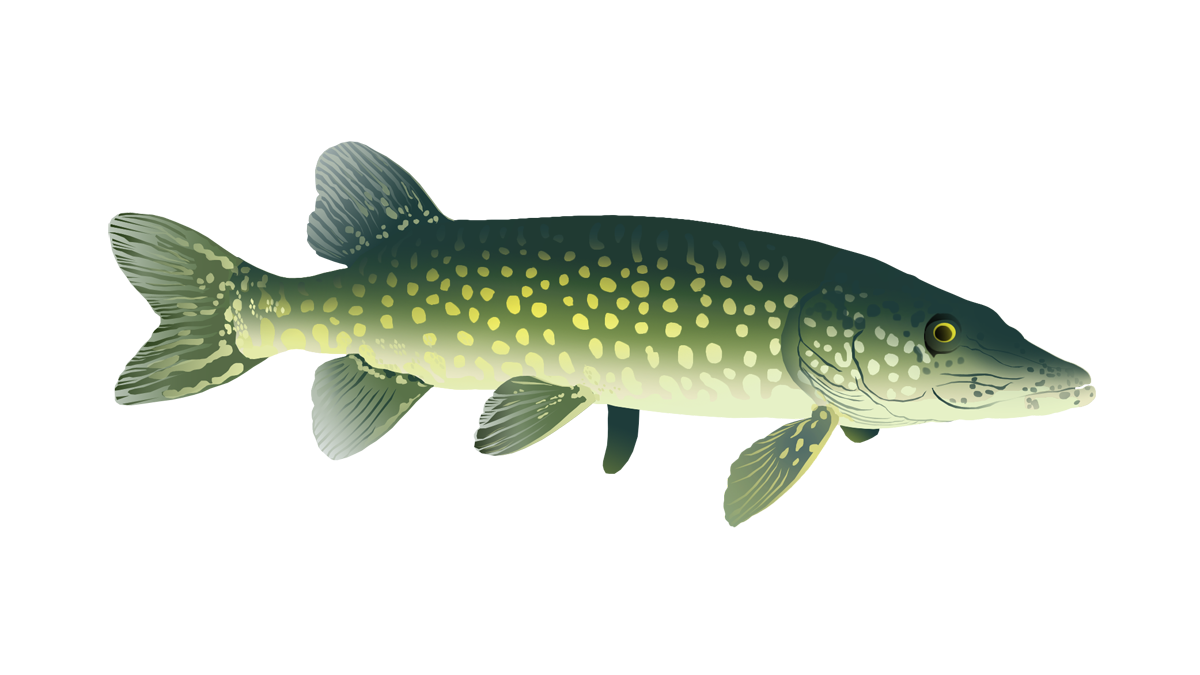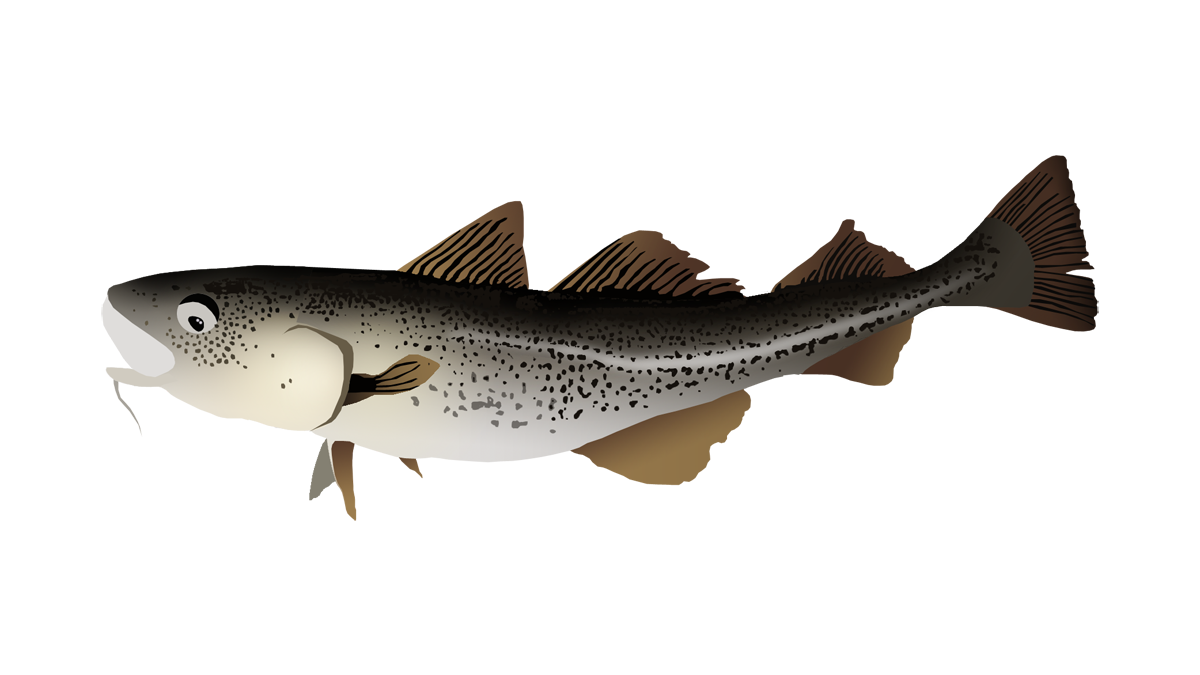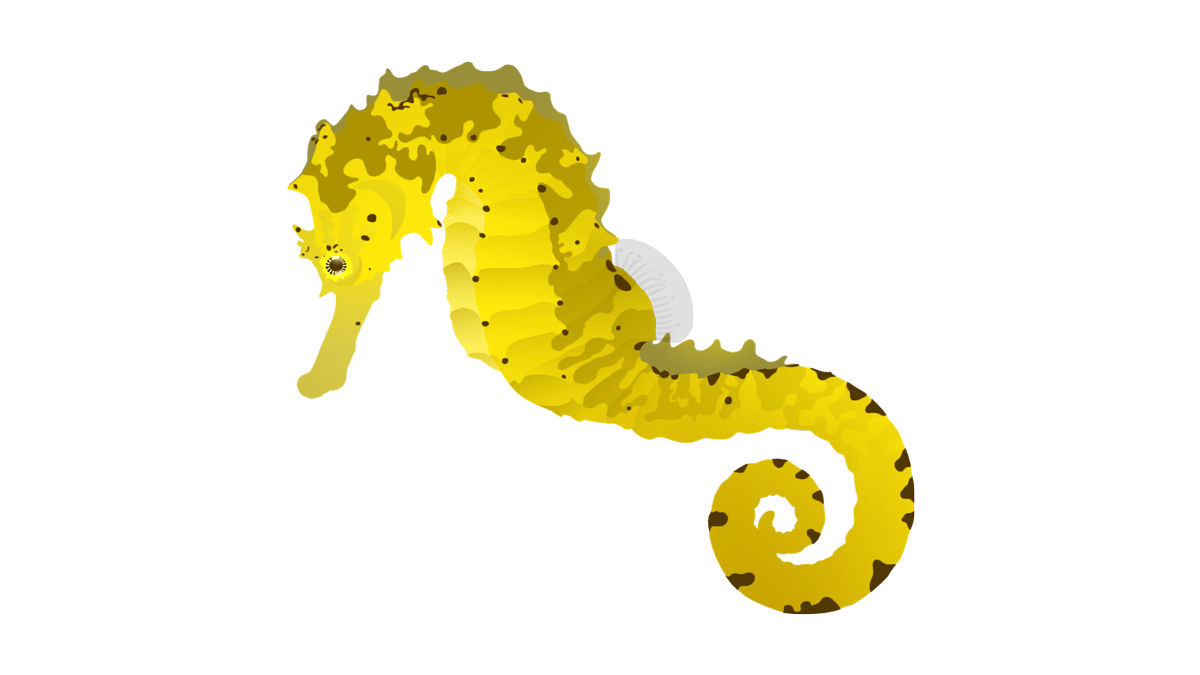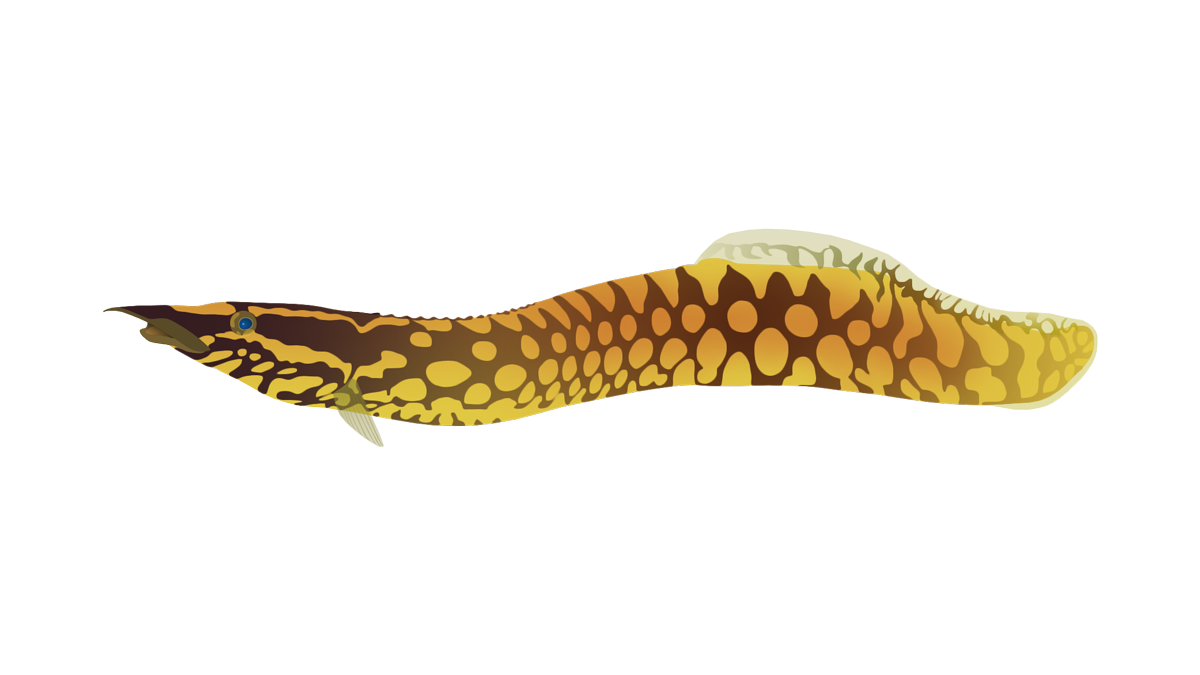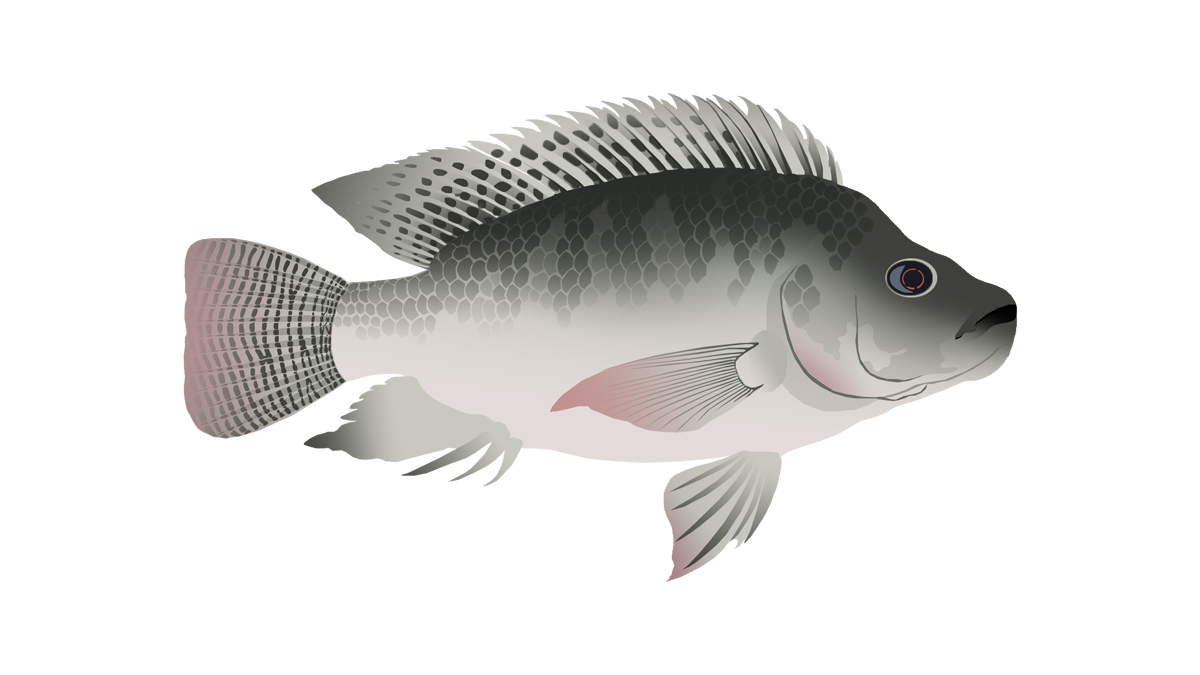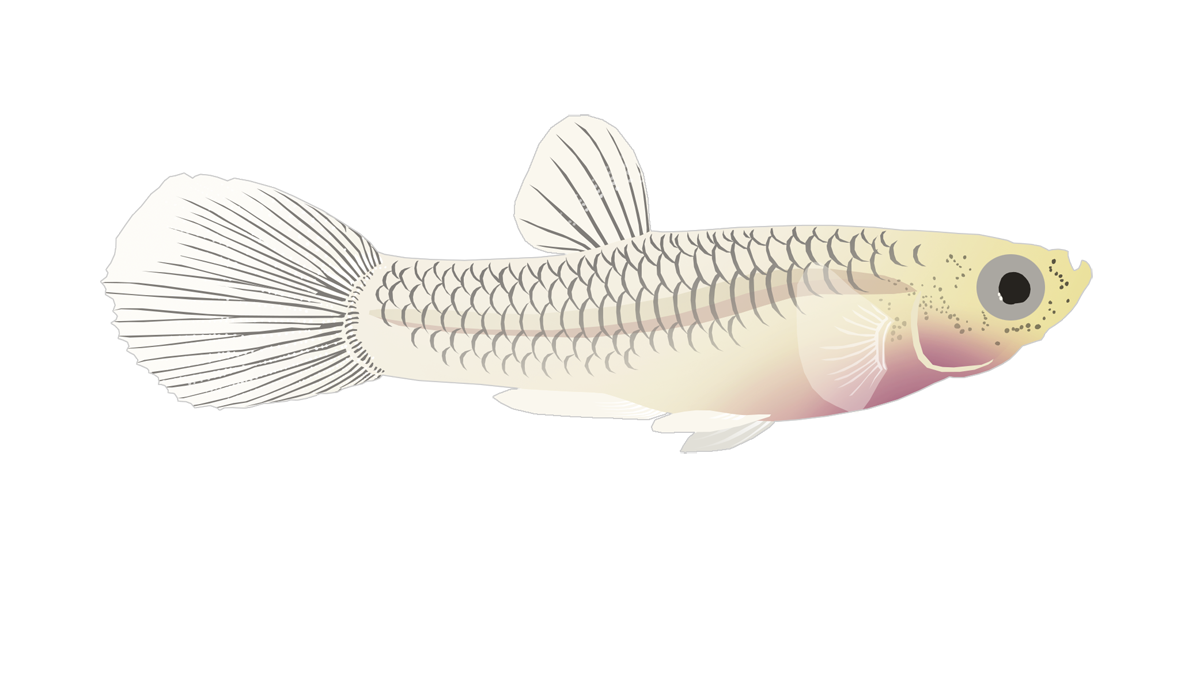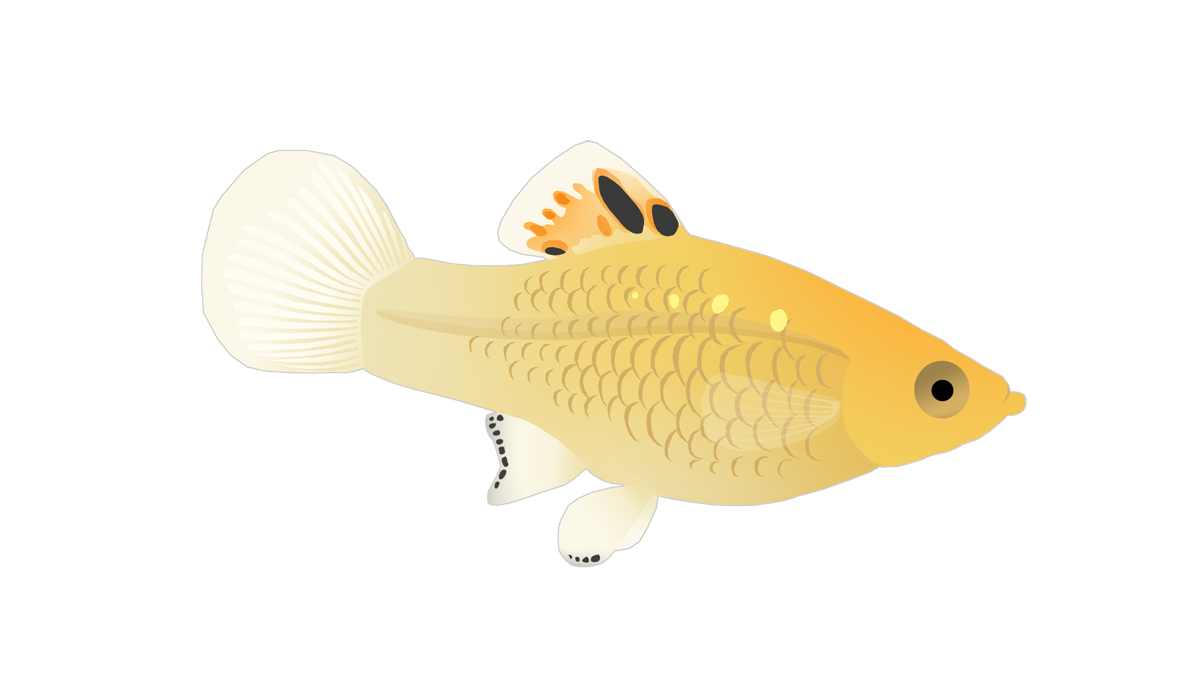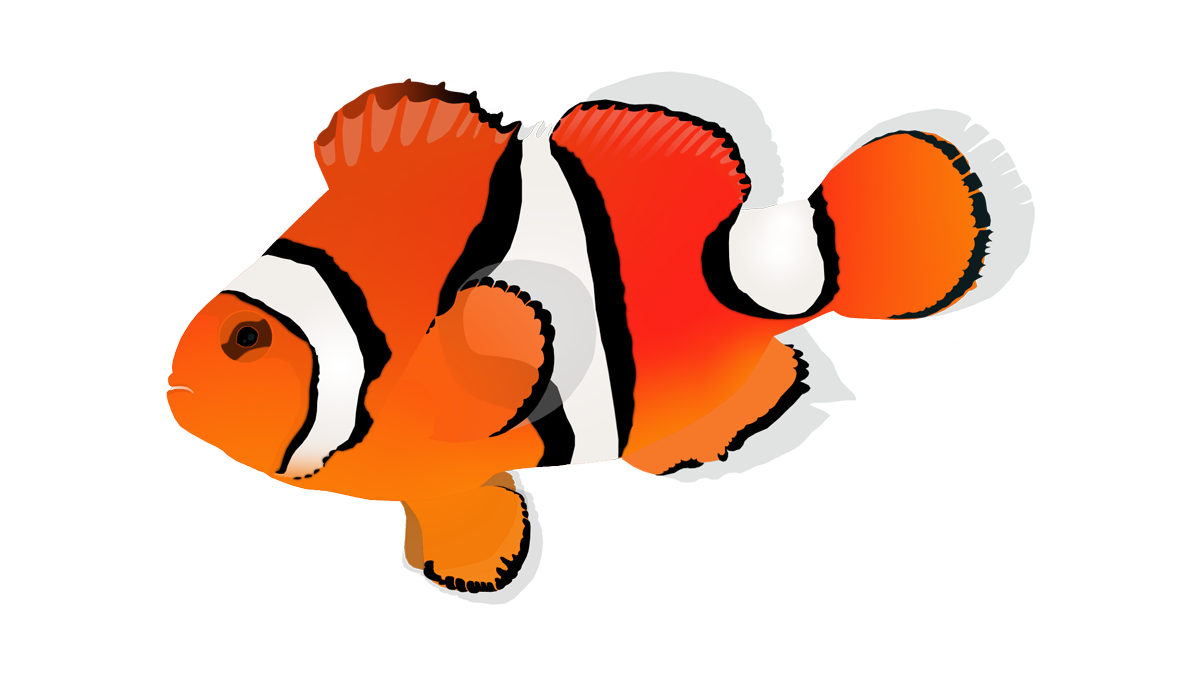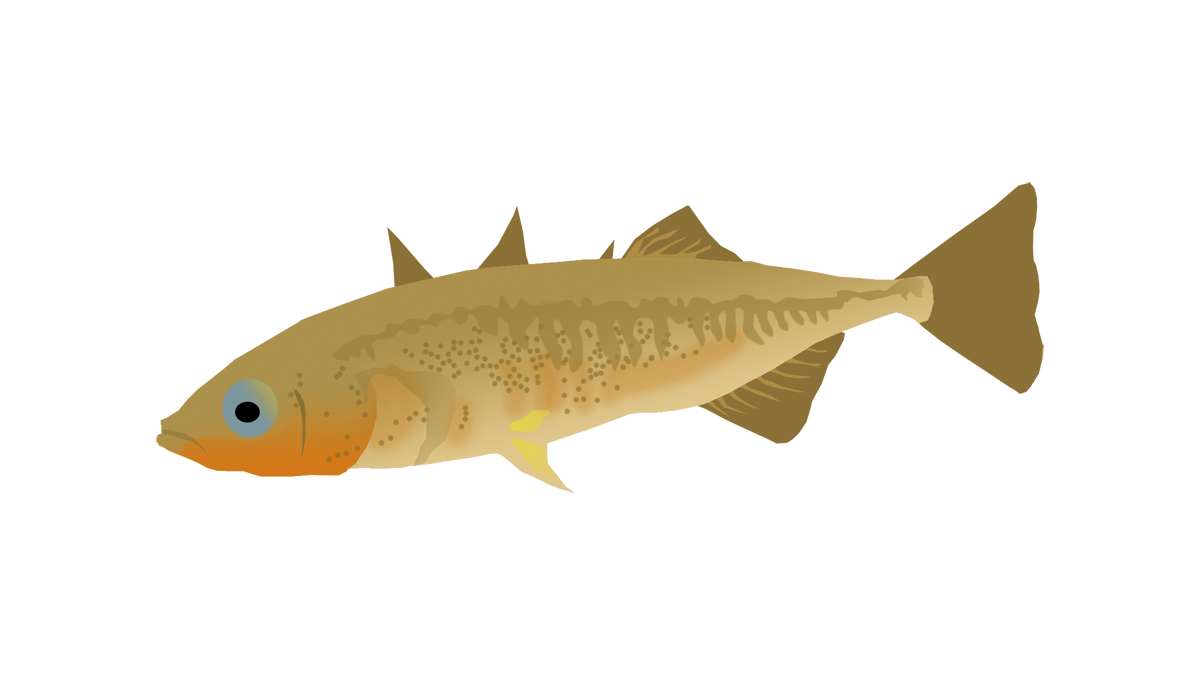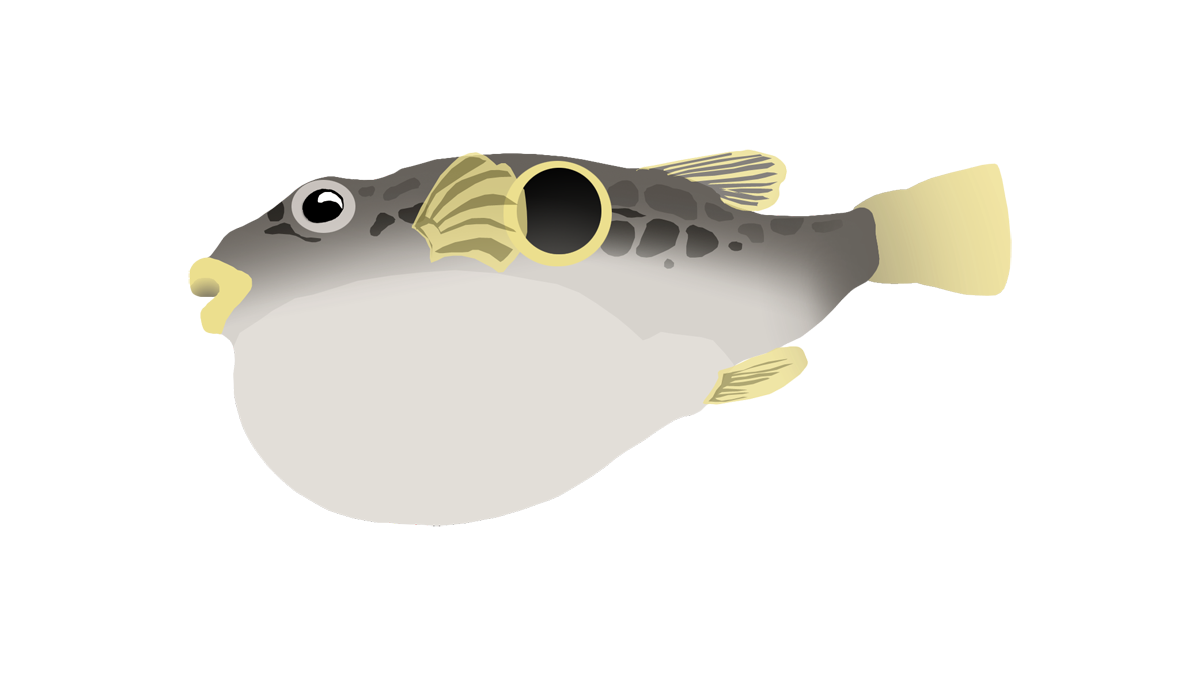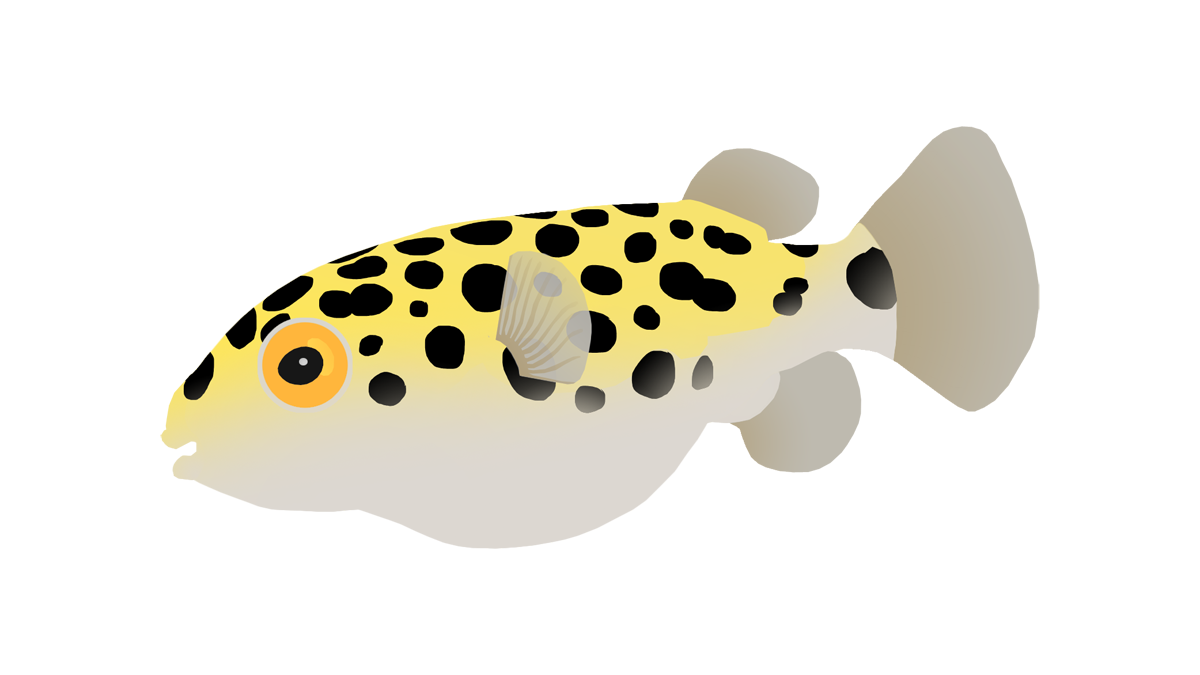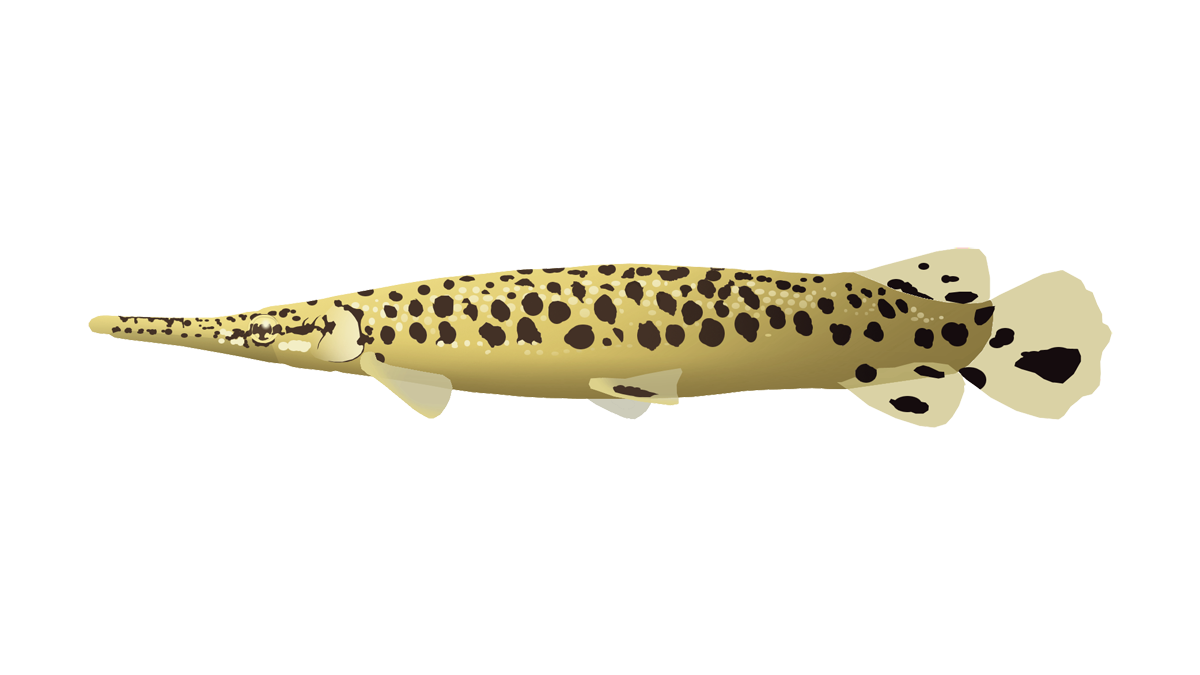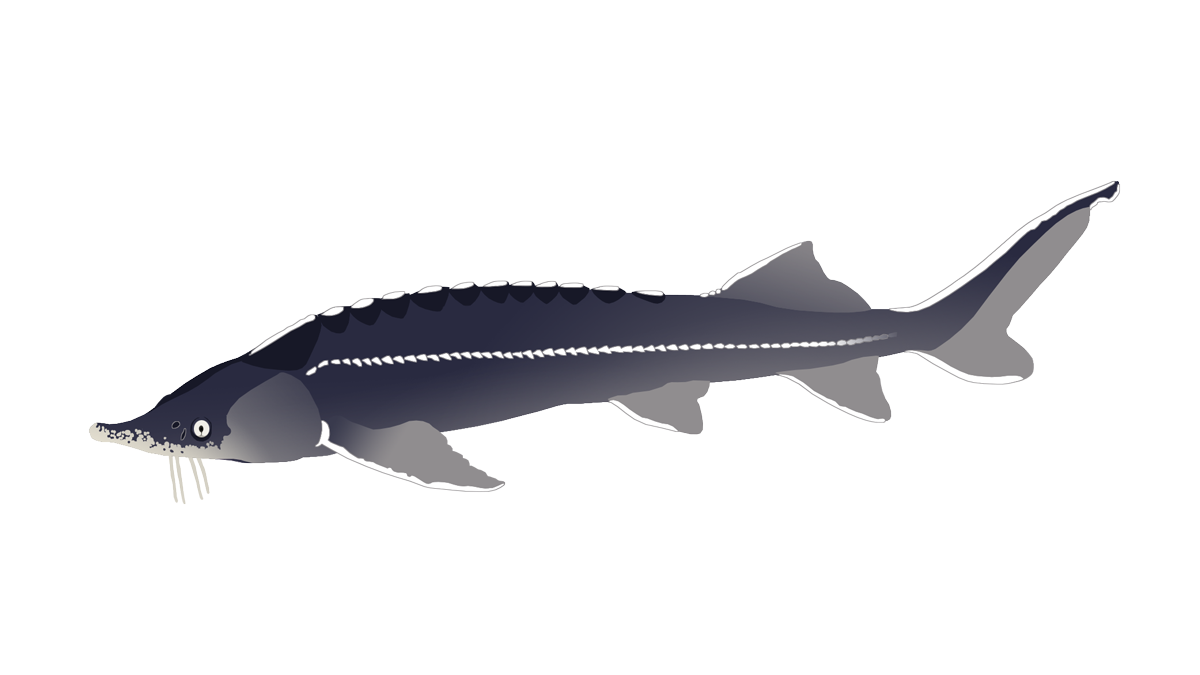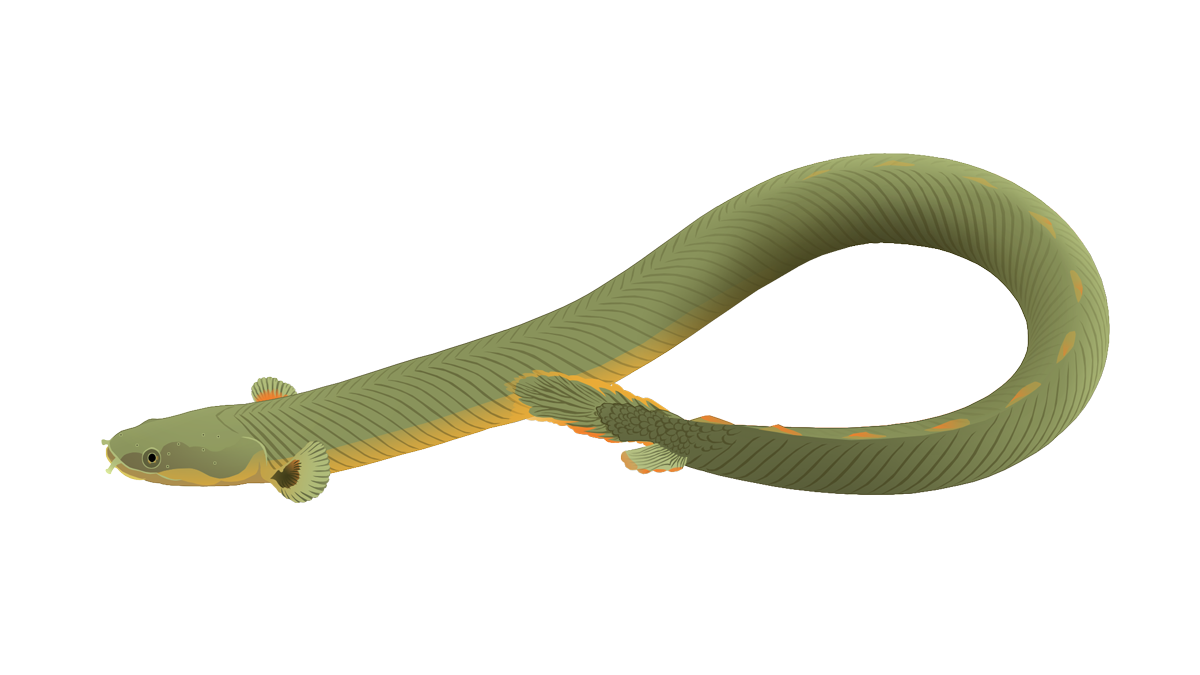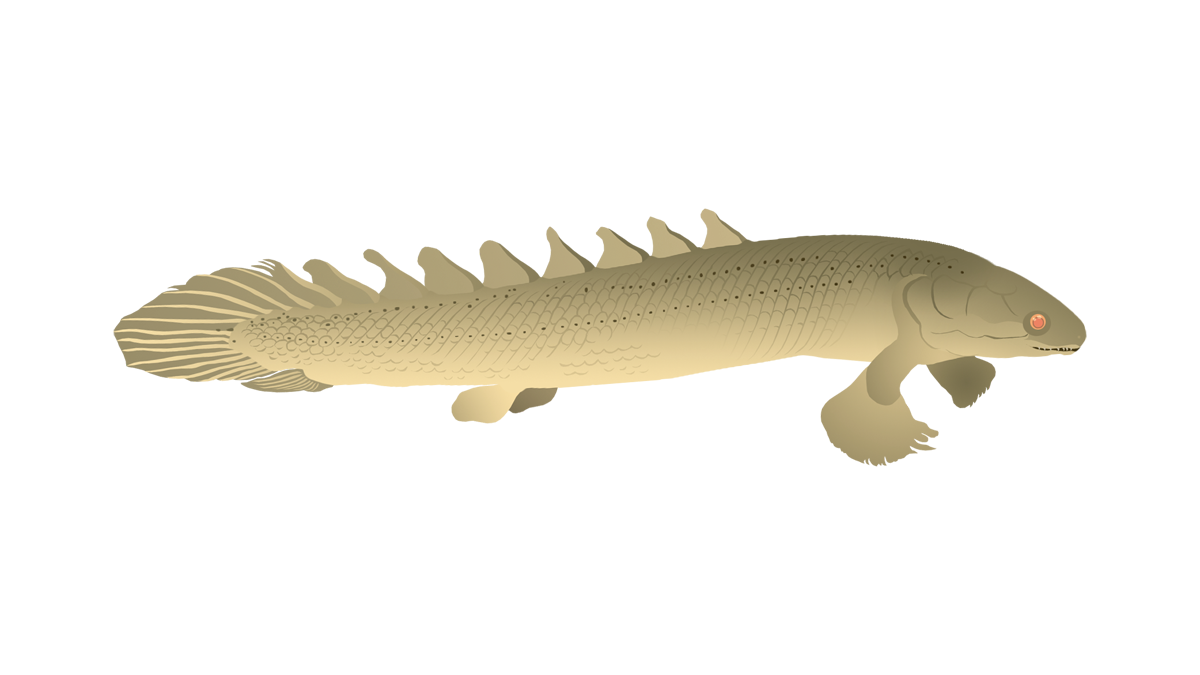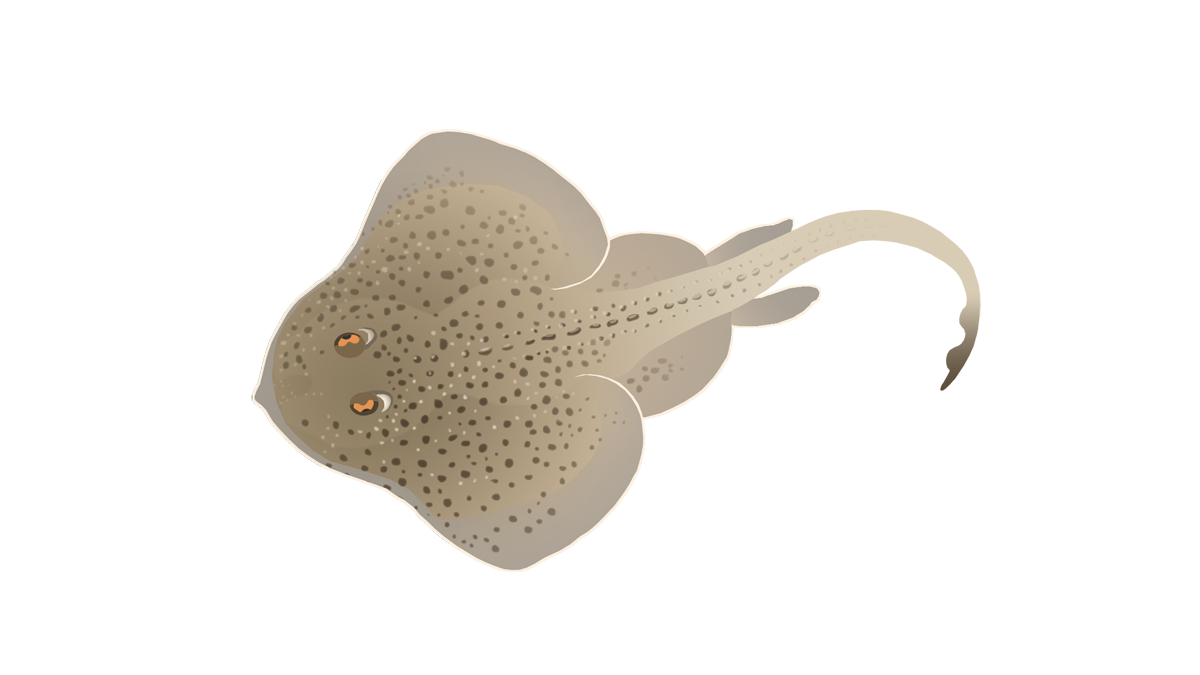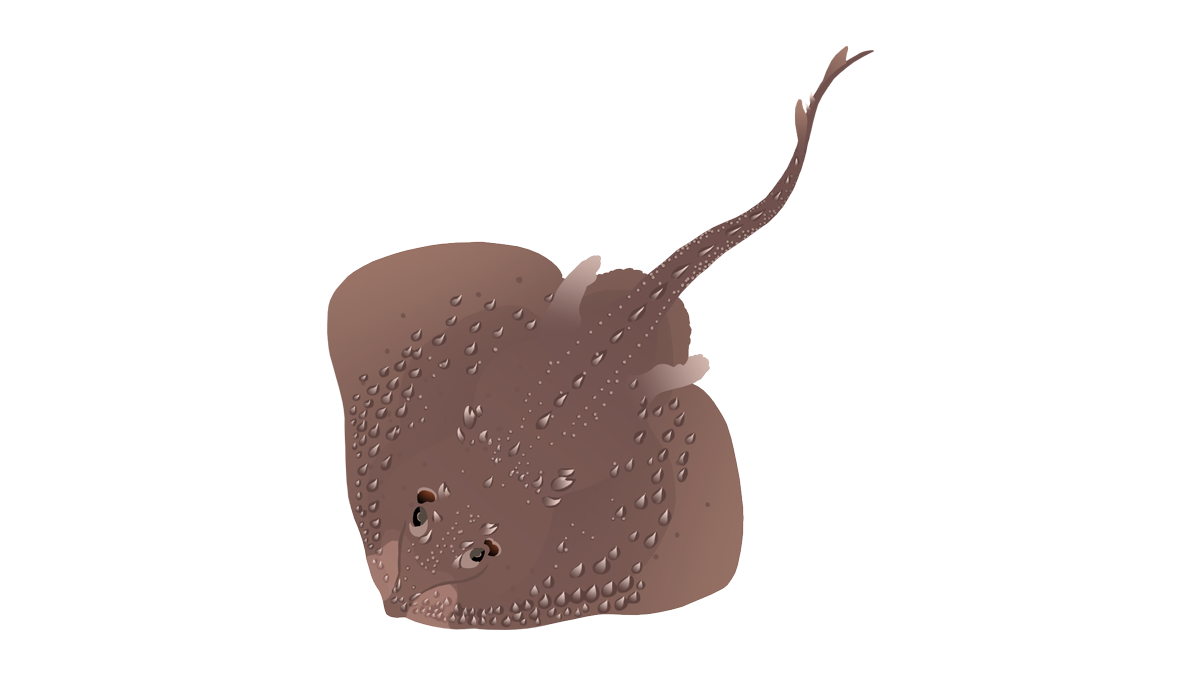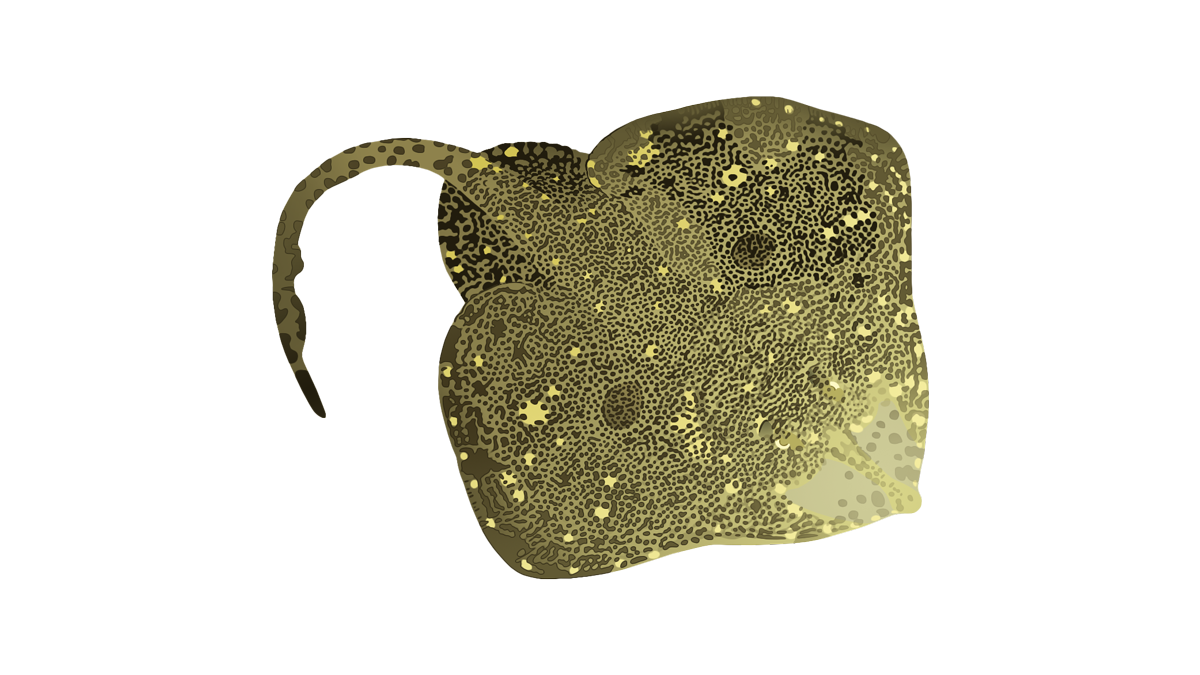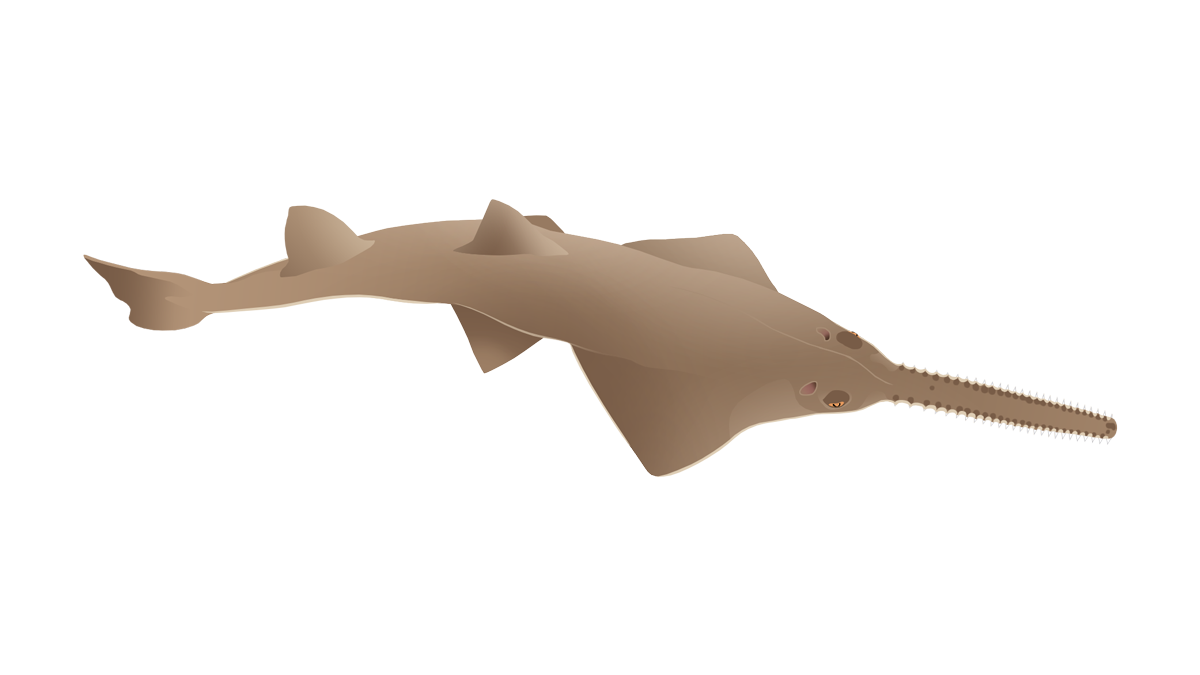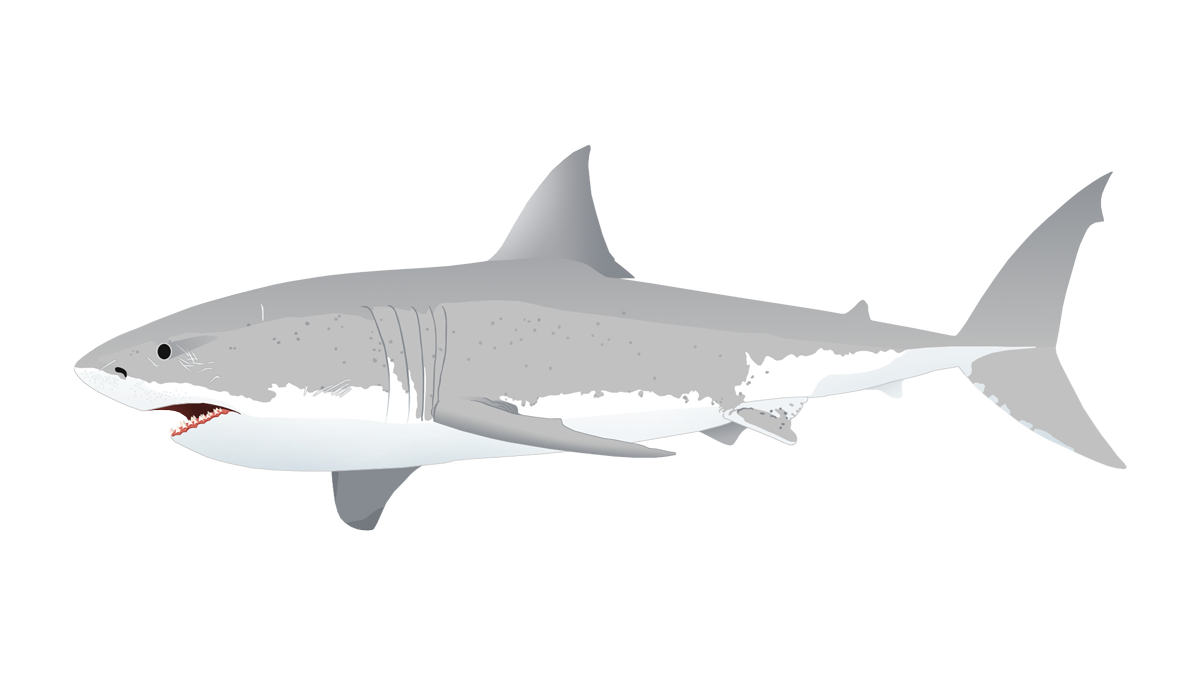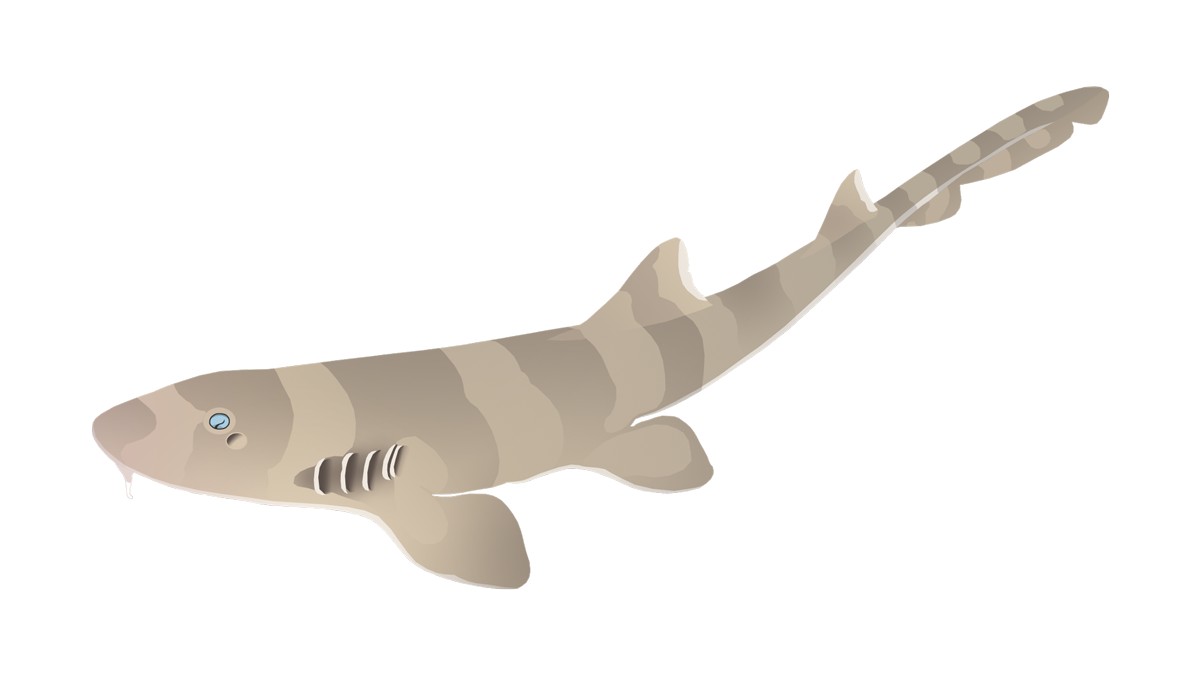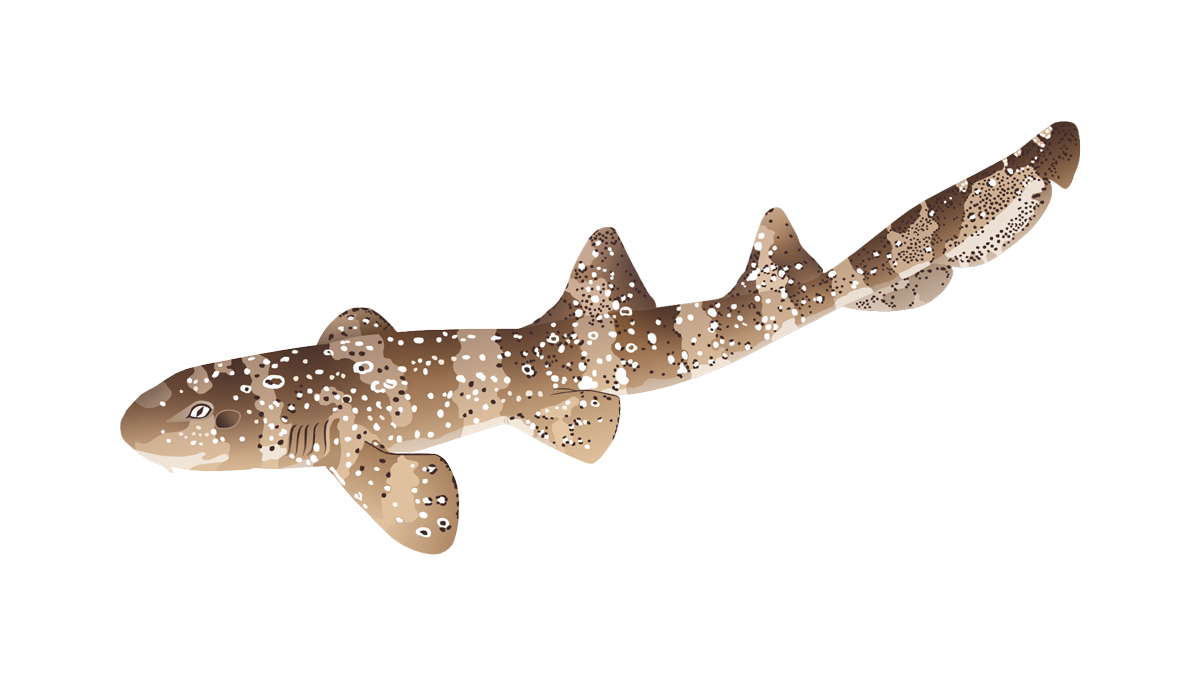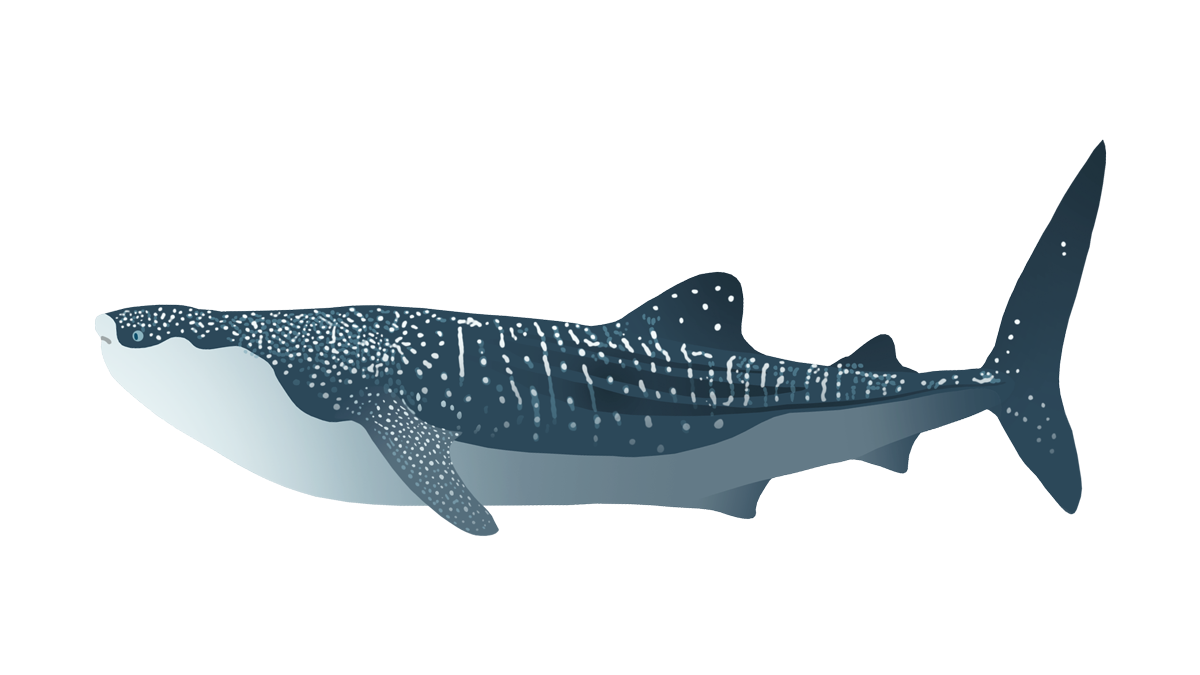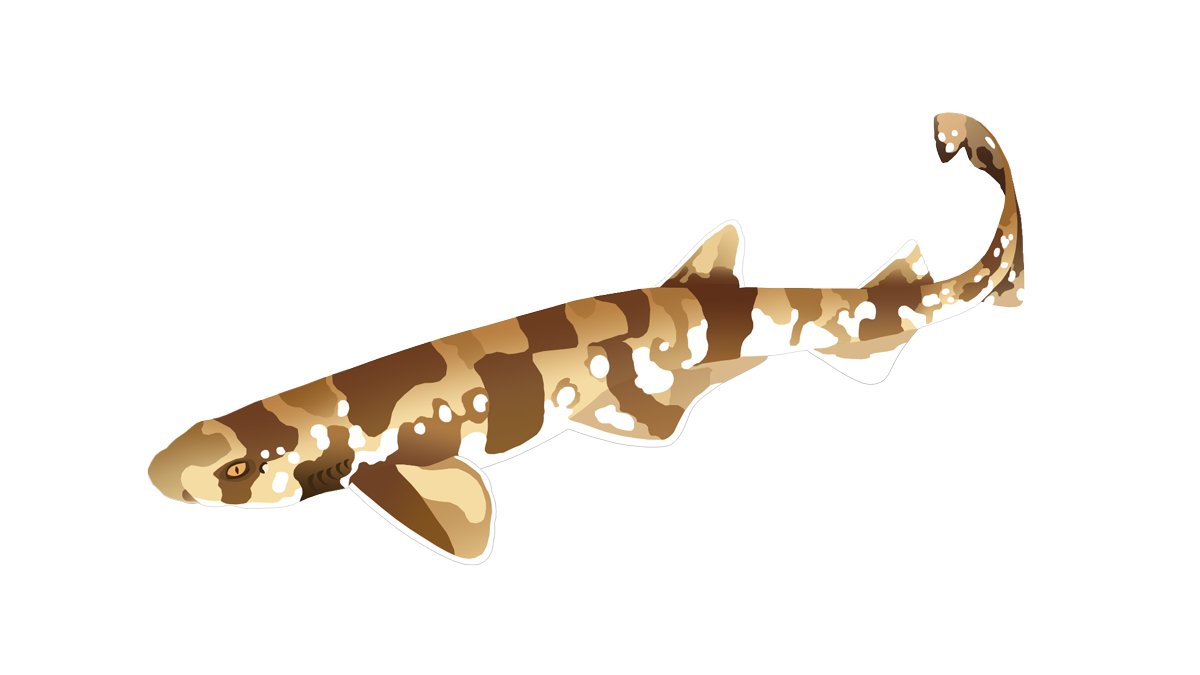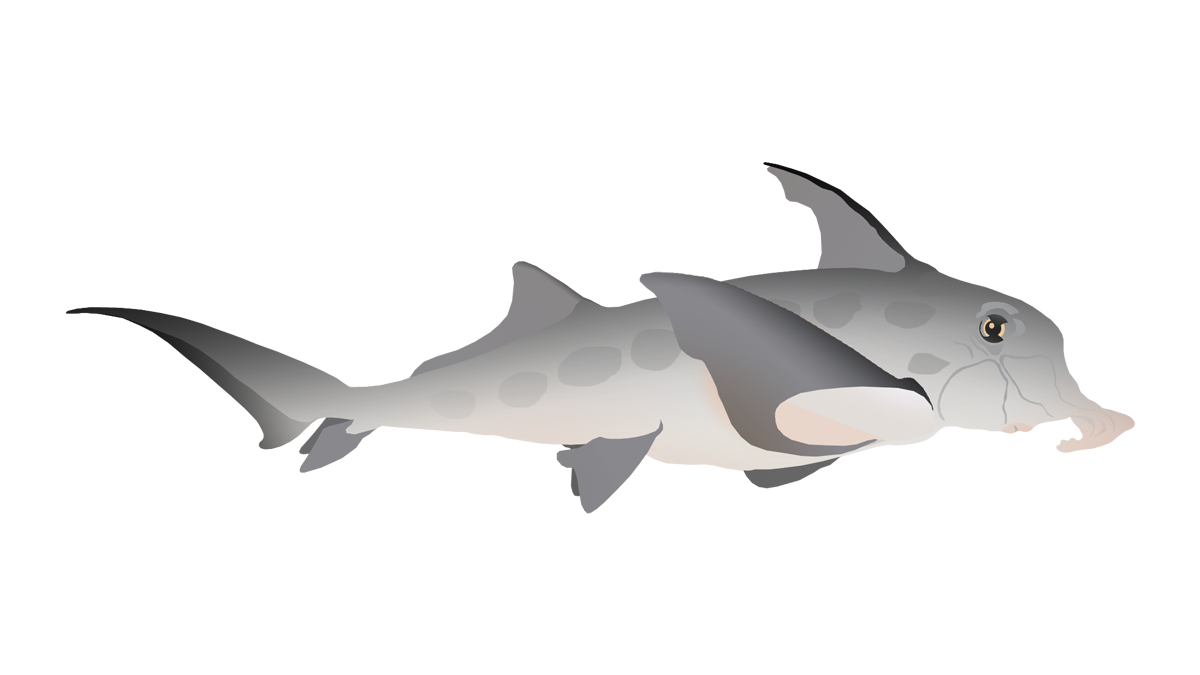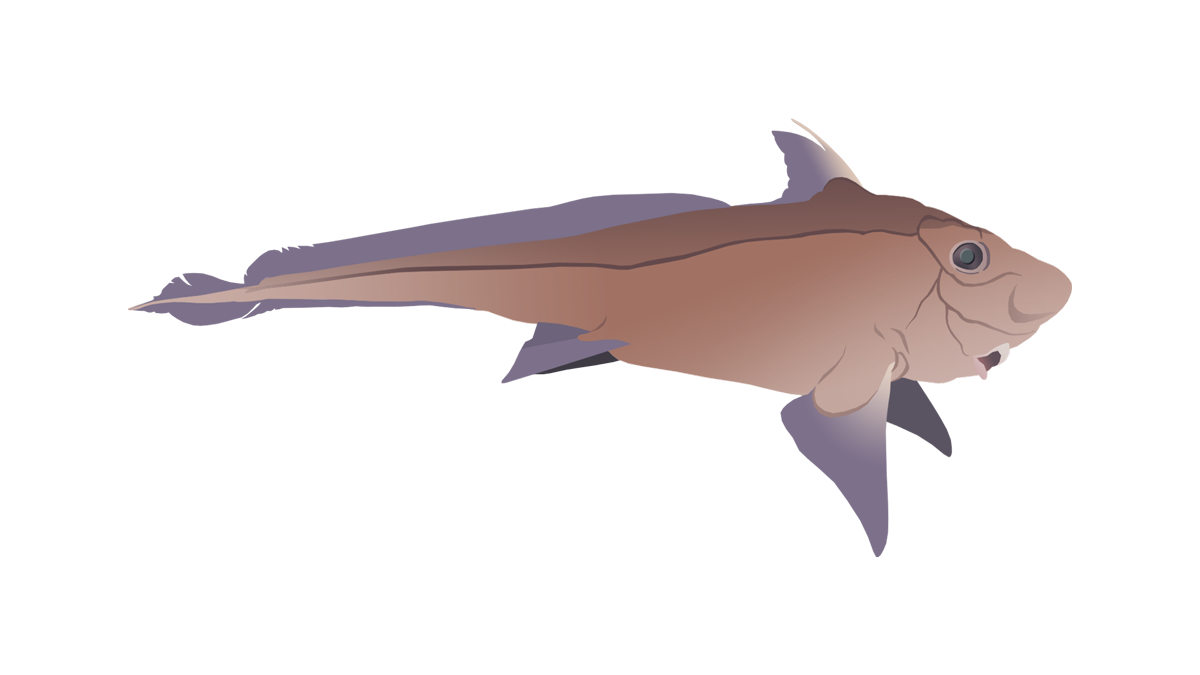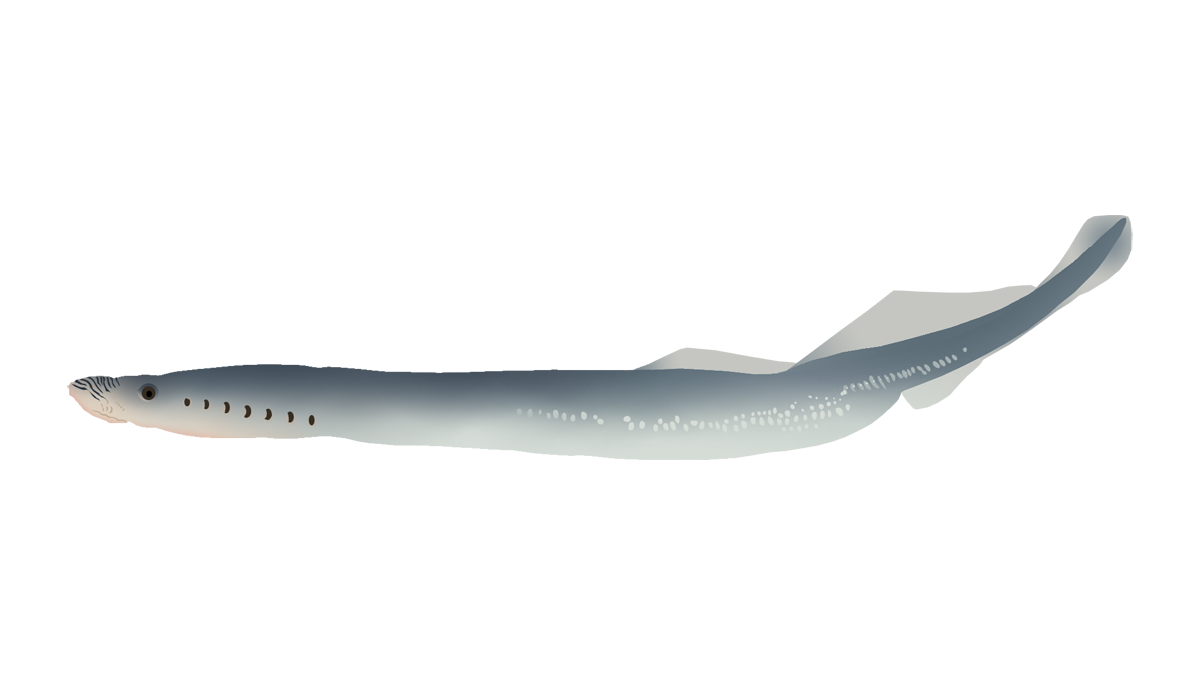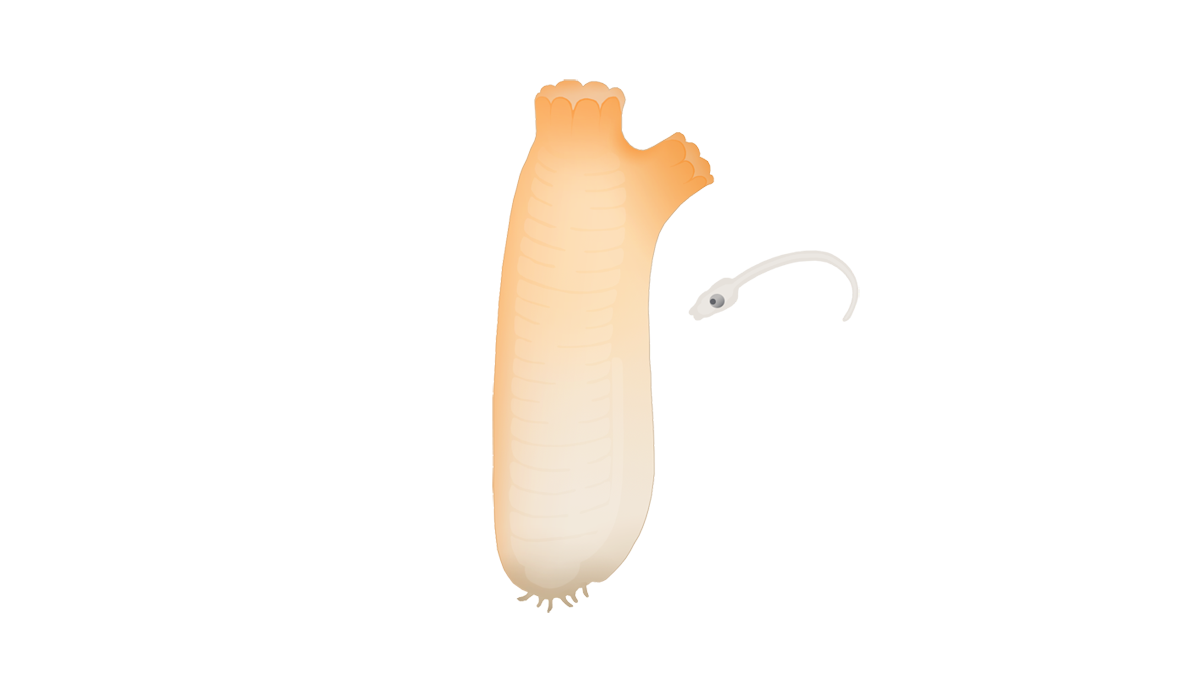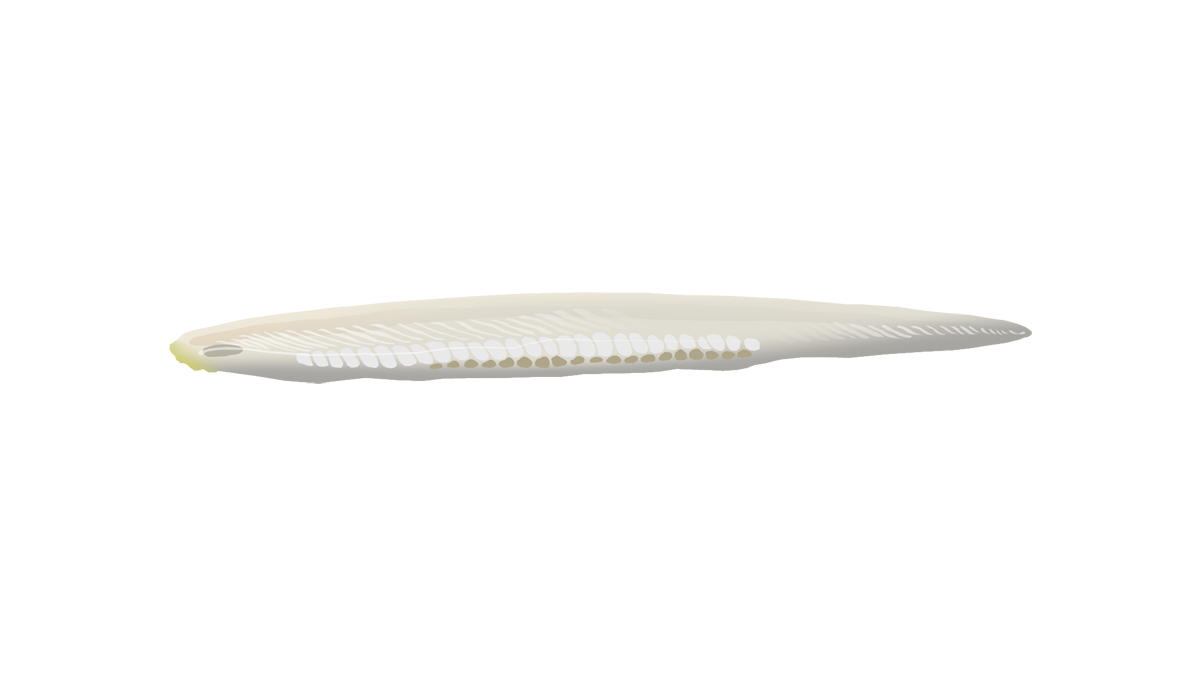NEW: The evolution of oxytocin and vasotocin receptor genes in jawed vertebrates: a clear case for gene duplications through ancestral whole-genome duplications lock_open
D Ocampo Daza, CA Bergqvist, D Larhammar
open_in_new Frontiers in Endocrinology 12:792644 bar_chart Cited by N/A
Idea to watch: Fast evolution of growth hormone, prolactin systems in mammals may be due to viral arms race lock_open
D Ocampo Daza
open_in_new BioEssays, e2100047
Evidence of chitin in the ampullae of Lorenzini of chondrichthyan fishes
M Phillips, W J Tang, Robinson M, D Ocampo Daza, K Hassan, V Leppert, L S Hirst, C T Amemiya
open_in_new Current Biology 30(20): R1254-R1255 bar_chart Cited by 2
open_in_new bioRχiv lock_open
Reconstruction of the carbohydrate 6-O sulfotransferase gene family evolution in vertebrates reveals novel member, CHST16, lost in amniotes lock_open
D Ocampo Daza, T Haitina
open_in_new Genome Biology and Evolution 12(7): 993-1012 (2020) bar_chart Cited by 1
open_in_new bioRχiv
Research highlight: A new look at an old question: when did the second whole genome duplication occur in vertebrate evolution? lock_open
L Holland, D Ocampo Daza
open_in_new Genome Biology 19:209 (2018) bar_chart Cited by 32
Evolution of the growth hormone, prolactin, prolactin 2 and somatolactin family
D Ocampo Daza, D Larhammar
open_in_new General and Comparative Endocrinology 264: 94-112 (2018) bar_chart Cited by 23
open_in_new Free author's copy lock_open
Evolution of the receptors for growth hormone, prolactin, erythropoietin and thrombopoietin in relation to the vertebrate tetraploidizations
D Ocampo Daza, D Larhammar
open_in_new General and Comparative Endocrinology 257: 143-160 (2018) bar_chart Cited by 12
open_in_new Free author's copy lock_open
Molecular evolution of GPCRs: Somatostatin/urotensin II receptors lock_open
H Tostivint, D Ocampo Daza, CA Bergqvist, FB Quan, M Bougerol, I Lihrmann & D Larhammar
open_in_new Journal of Molecular Endocrinology 52(3): T61-T86 (2014) bar_chart Cited by 41
The vertebrate ancestral repertoire of visual opsins, transducin alpha subunits and oxytocin/vasopressin receptors was established by duplication of their shared genomic region in the two rounds of early vertebrate genome duplications lock_open
D Lagman, D Ocampo Daza, J Widmark, XM Abalo, G Sundström, D Larhammar
open_in_new BMC Evolutionary Biology 13:238 (2013) bar_chart Cited by 75
The evolution of vertebrate somatostatin receptors and their gene regions involves extensive chromosomal rearrangements lock_open
D Ocampo Daza, G Sundström, CA Bergqvist, D Larhammar
open_in_new BMC Evolutionary Biology 12:231 (2012) bar_chart Cited by 29
Evolution of the vertebrate paralemmin gene family: ancient origin of gene duplicates suggests distinct functions lock_openG Hultqvist, D Ocampo Daza, D Larhammar, MW Kilimann
open_in_new PLoS ONE 7 (7), e41850 (2012) bar_chart Cited by 19
Expansion of transducin subunit gene families in early vertebrate tetraploidizations lock_open
D Lagman, G Sundström, D Ocampo Daza, XM Abalo, D Larhammar
open_in_new Genomics, 100(4): 203-11 (2012) bar_chart Cited by 21
The oxytocin/vasopressin receptor family has at least five members in the gnathostome lineage, including two distinct V2 subtypes
D Ocampo Daza, M Lewicka, D Larhammar
open_in_new General and Comparative Endocrinology 175(1): 135-43 (2012) bar_chart Cited by 69
open_in_new Free author's copy lock_open
Evolution of the insulin-like growth factor binding protein (IGFBP) family lock_open
D Ocampo Daza, G Sundström, CA Bergqvist, C Duan, D Larhammar
open_in_new Endocrinology, 152(6): 2278-89 (2011) bar_chart Cited by 97
Differential evolution of voltage-gated sodium channels in tetrapods and teleost fishes lock_open
J Widmark, G Sundström, D Ocampo Daza, D Larhammar
open_in_new Molecular Biology and Evolution, 28(1): 859-71 (2011) bar_chart Cited by 68
Major genomic events and their consequences for vertebrate evolution and endocrinology lock_open
D Ocampo Daza, G Sundström, TA Larsson, D Larhammar
open_in_new Annals of the New York Academy of Sciences, 1163: 201-8 (2009) bar_chart Cited by 32
Evolution of the Growth Hormone-Prolactin-Somatolactin System in Relation to Vertebrate Tetraploidizations lock_open
D Larhammar, G Sundström, S Dreborg, D Ocampo Daza, TA Larsson
open_in_new Annals of the New York Academy of Sciences, 1163: 491-3 (2009) bar_chart Cited by 8
Conference contributions (Selected)
Complex evolution of somatostatin and urotensin II receptors: Eleven ancestral gnathostome genes of which only six remain in mammals lock_open
D Larhammar, CA Bergqvist, G Sundström, Daniel Ocampo Daza
open_in_new Frontiers in Endocrinology 100 (2011) Conference Abstract: NASCE 2011: The inaugural meeting of the North American Society for Comparative Endocrinology
The oxytocin/vasopressin receptor family has at least five members in the gnathostome lineage lock_open
D Ocampo Daza, M Lewicka, B Venkatesh, D Larhammar
open_in_new Frontiers in Endocrinology 83 (2011) Conference Abstract: NASCE 2011: The inaugural meeting of the North American Society for Comparative Endocrinology
Evolution of the insulin-like growth factor binding protein (IGFBP) family in vertebrates lock_open
D Larhammar, G Sundström, CA Bergqvist, C Duan, D Ocampo Daza
open_in_new Frontiers in Endocrinology 46 (2010) Conference Abstract: 25th Conference of the European Comparative Endocrinologists
Evolution of vertebrate neuropeptide receptors
D Larhammar, D Ocampo Daza, CA Bergqvist, G Sundström
open_in_new Regulatory Peptides 164(1): 20 (2010) Conference Abstract: 18th International Symposium on Regulatory Peptides

